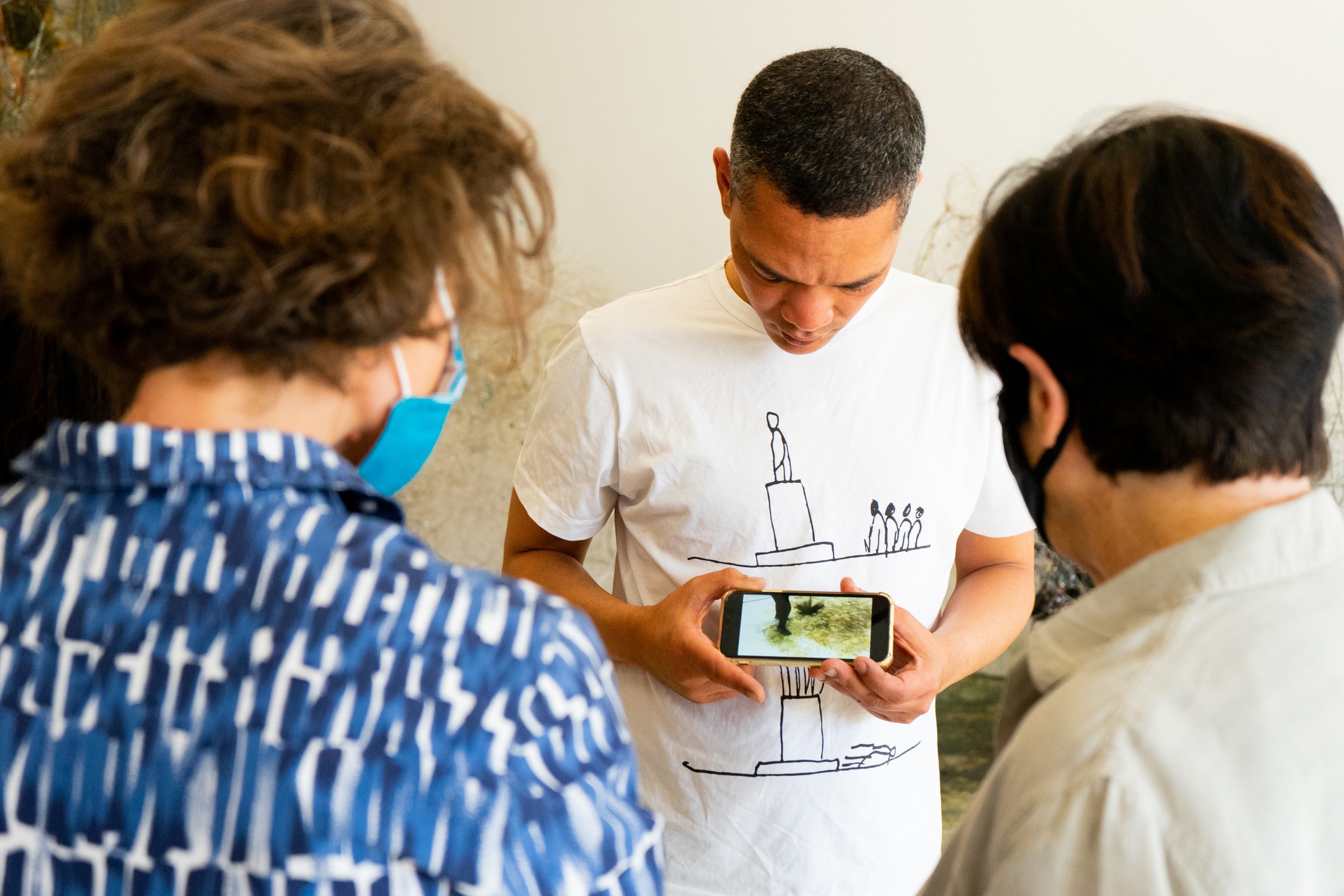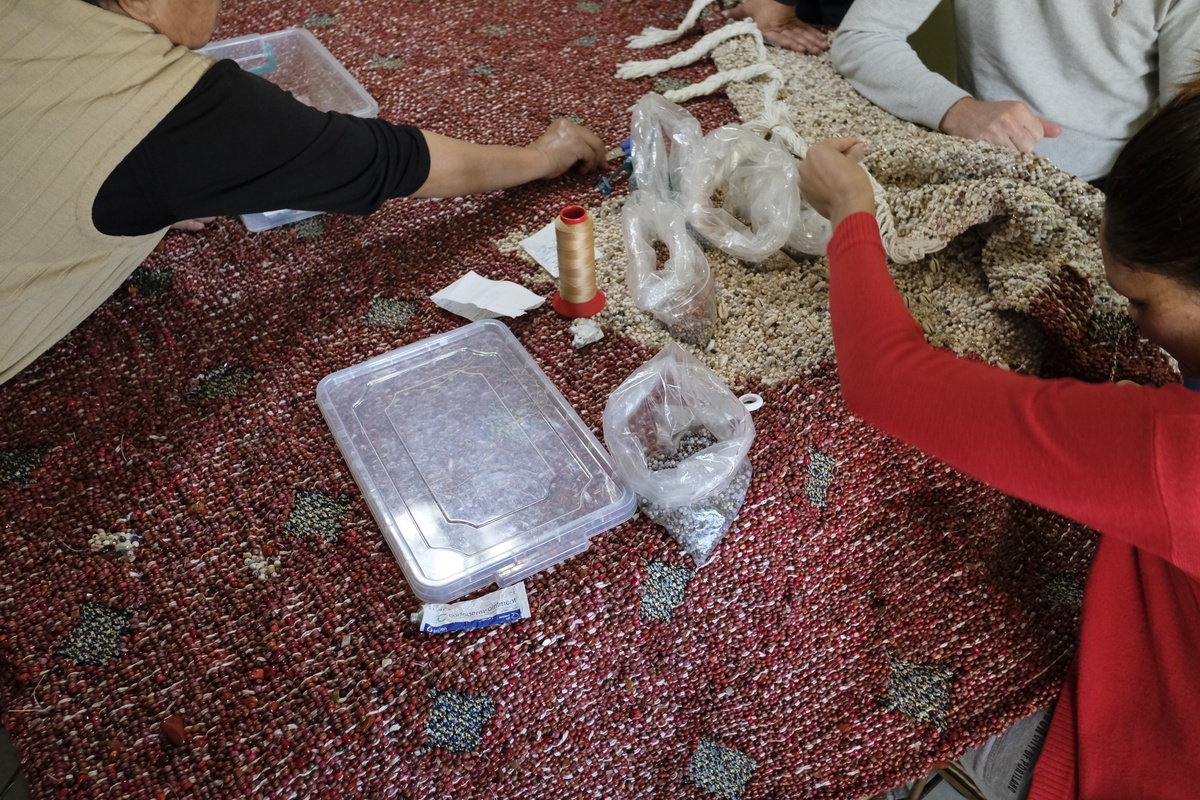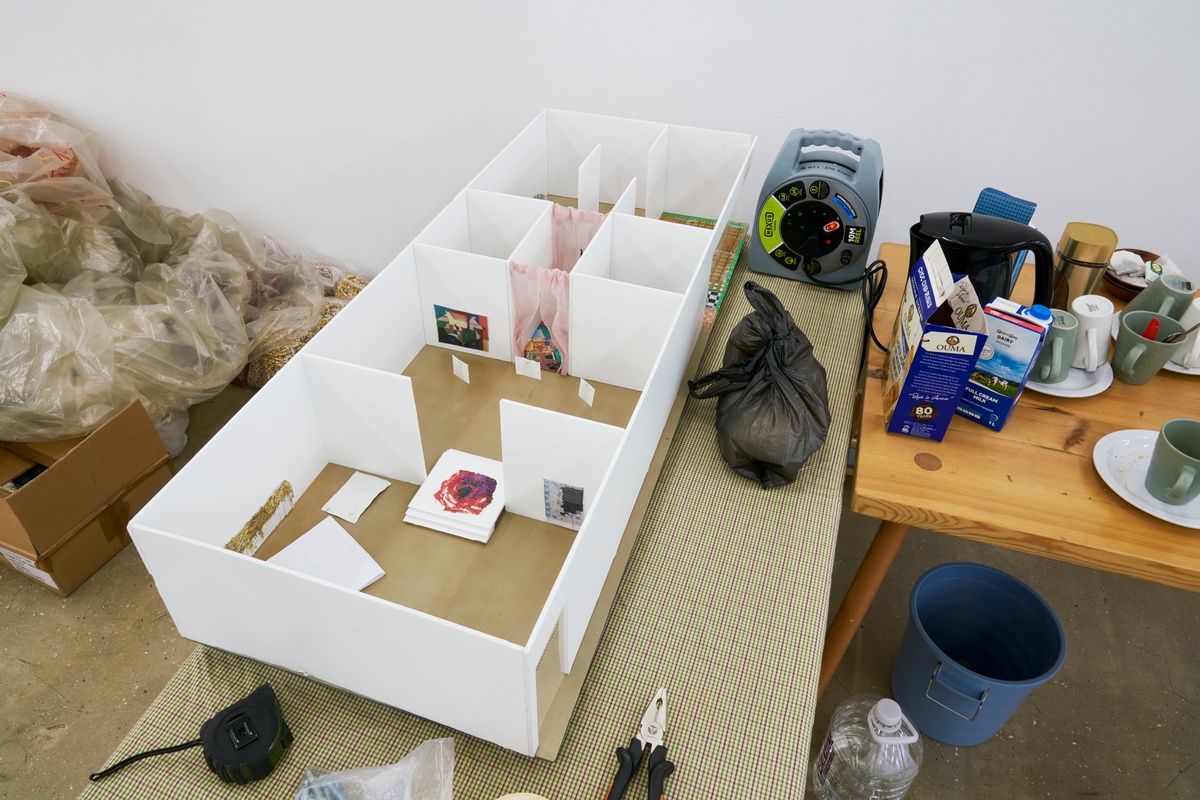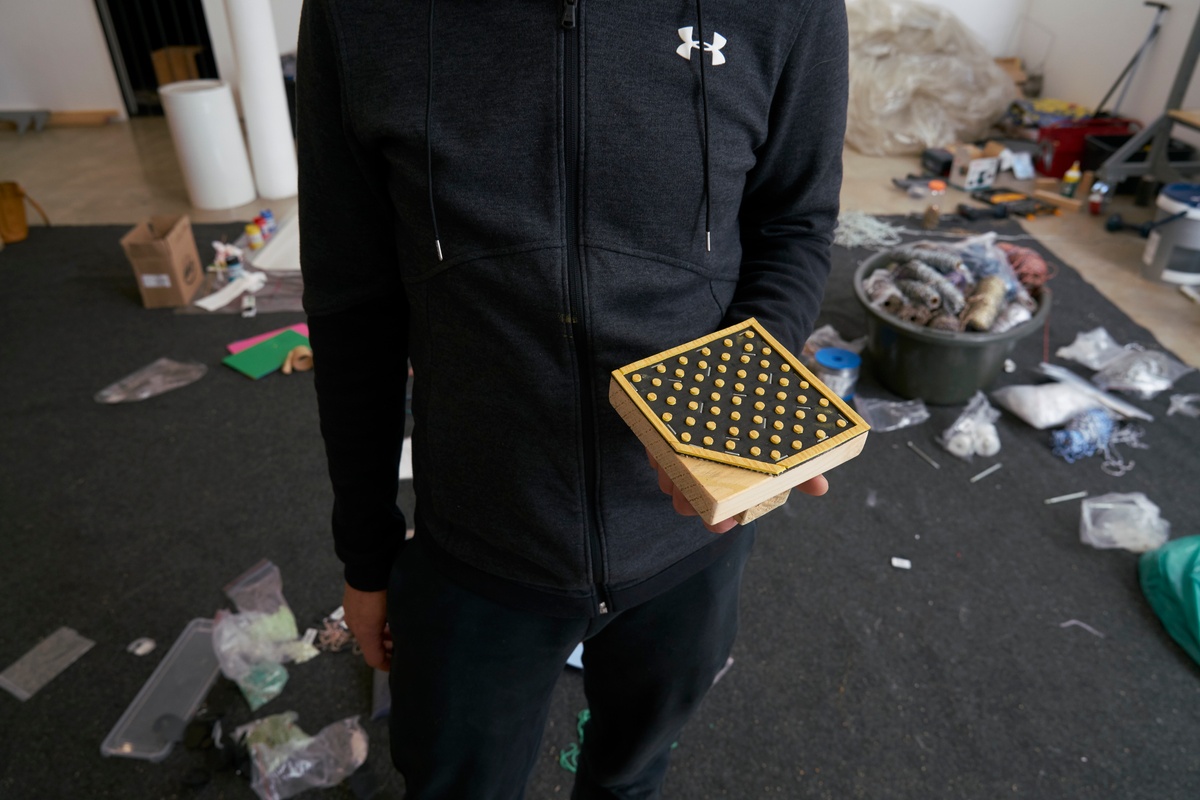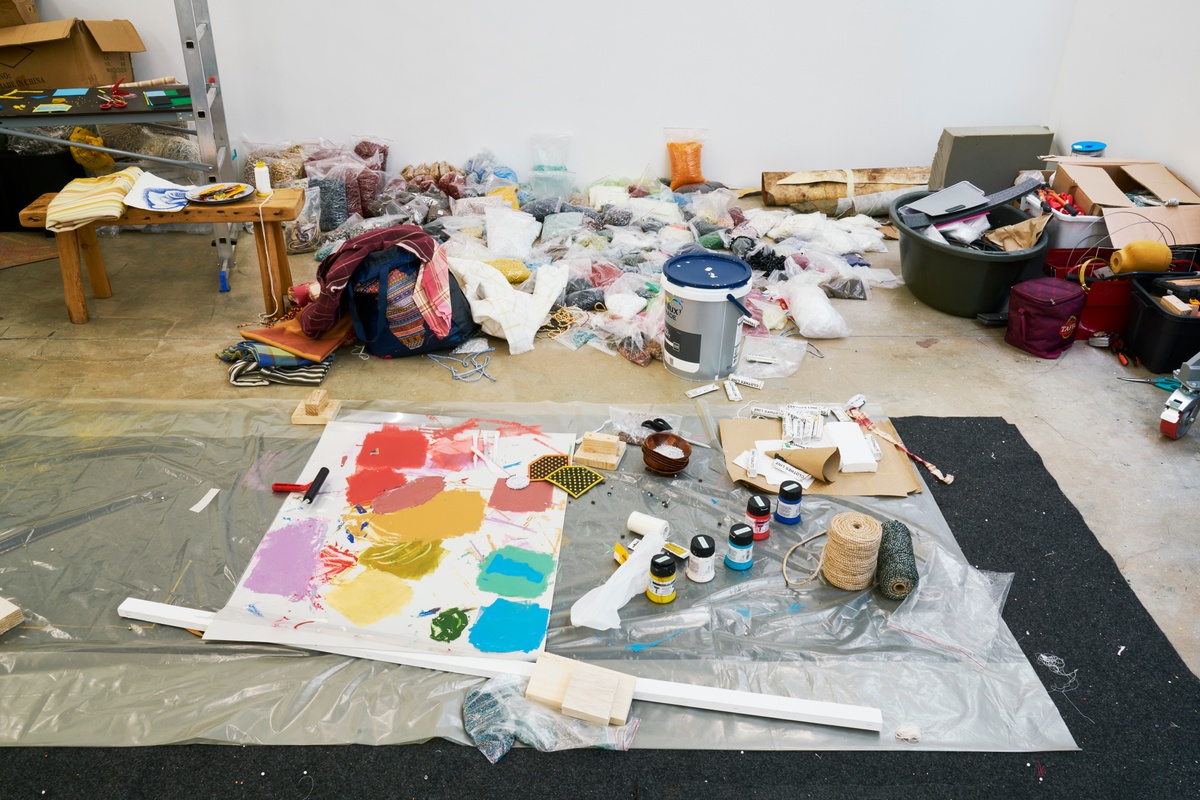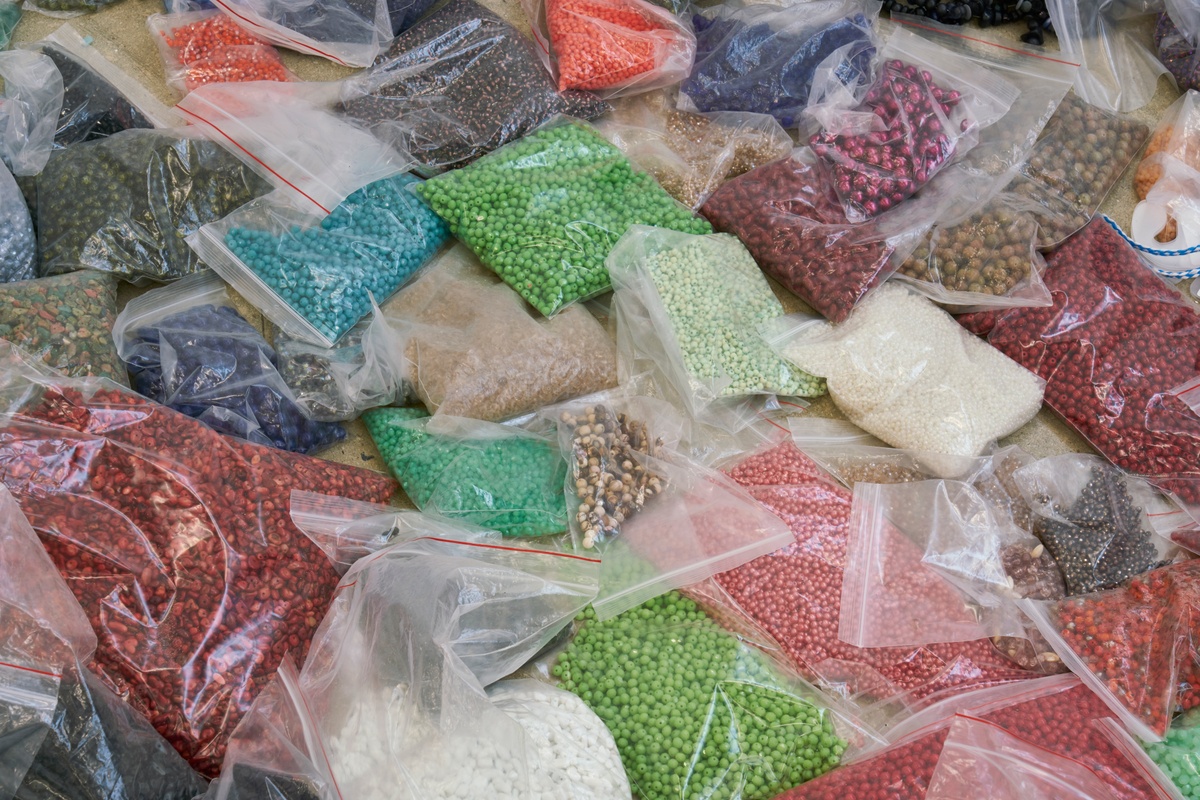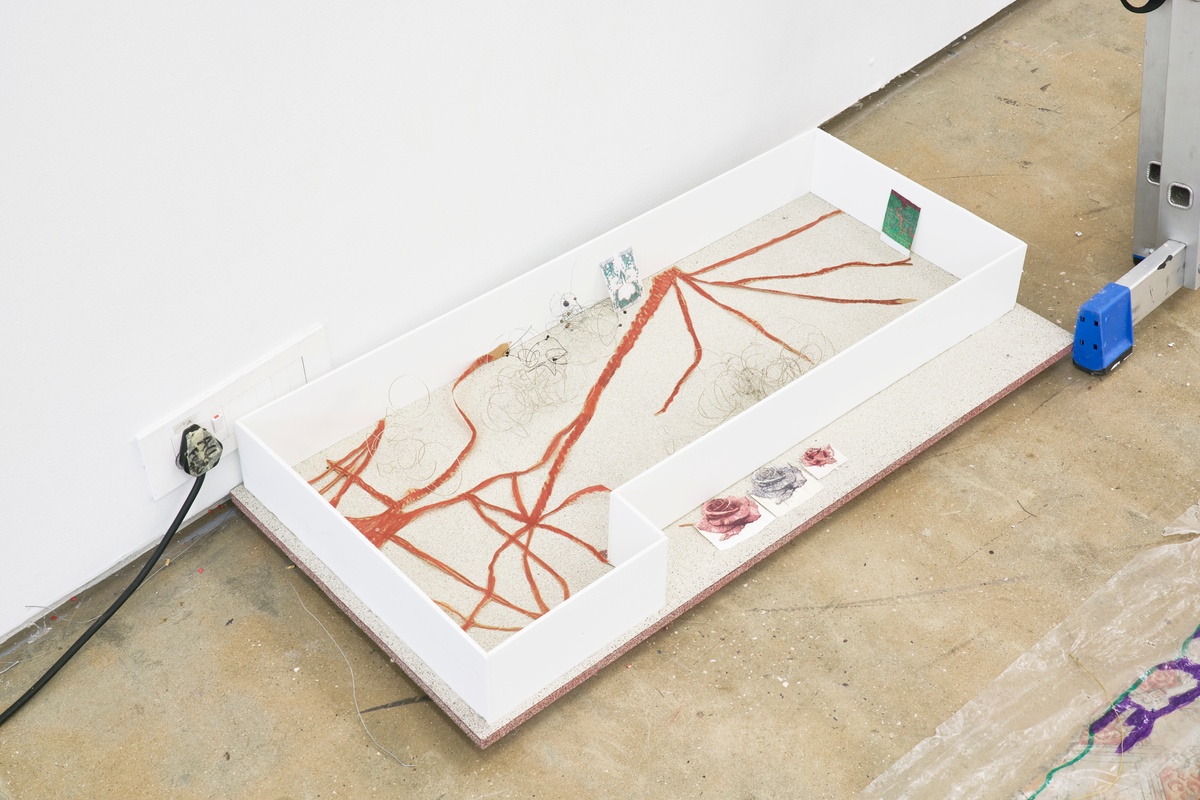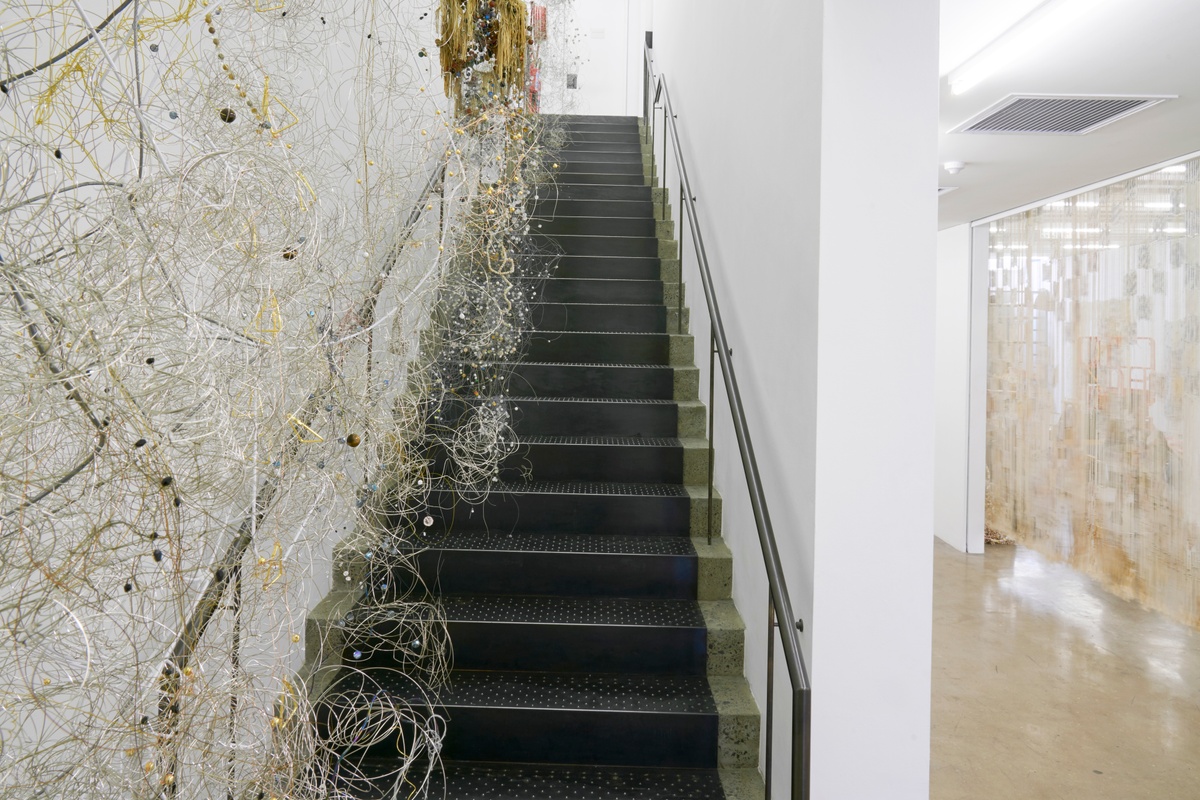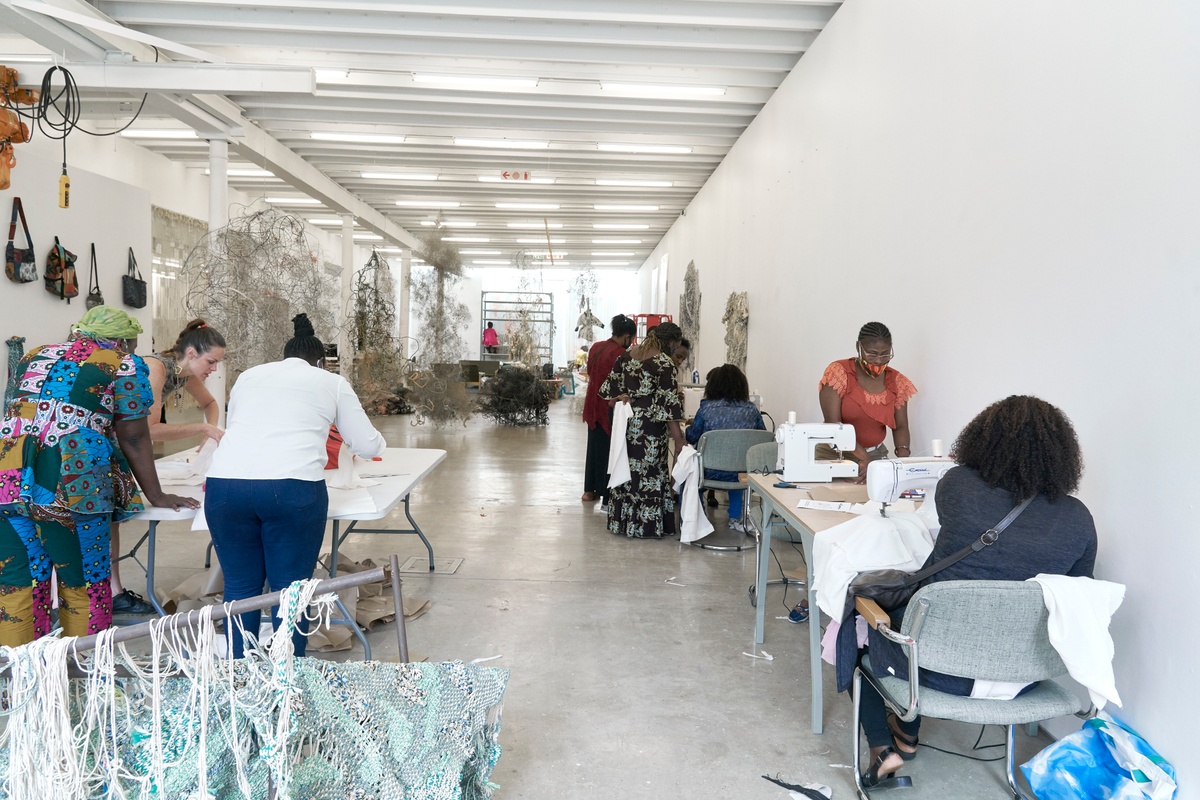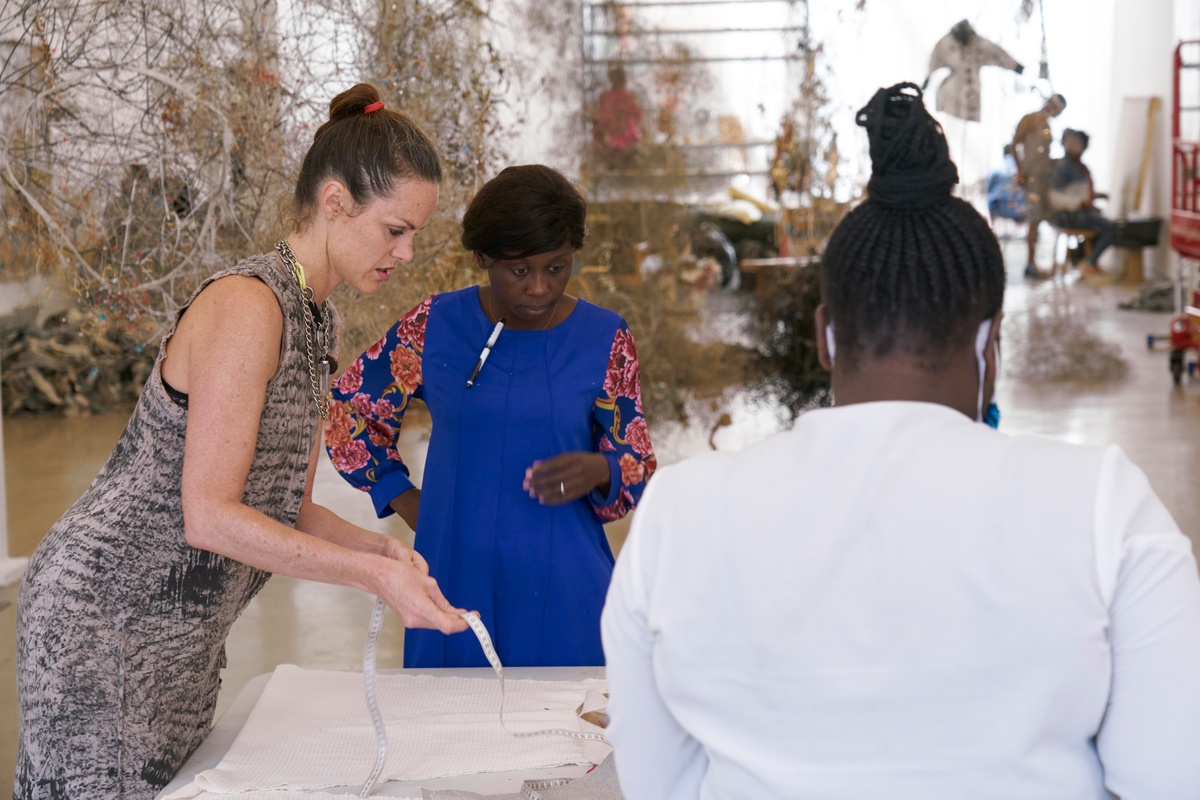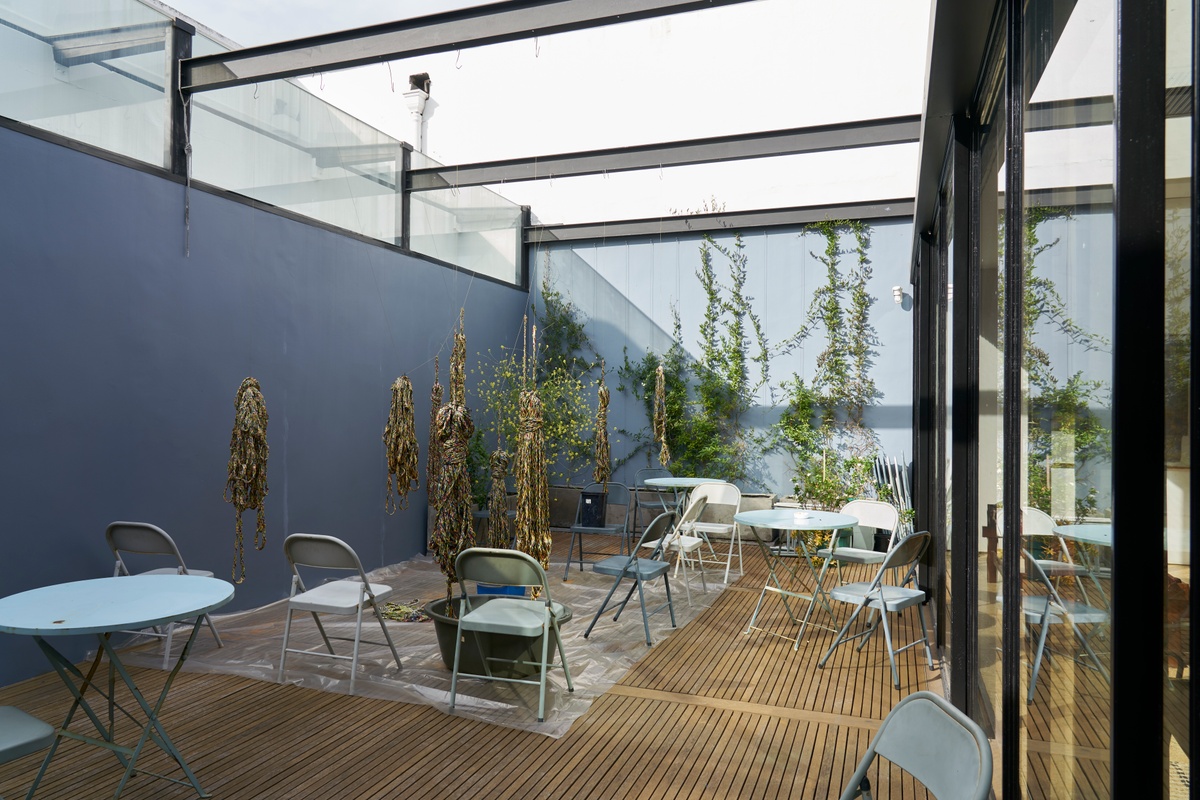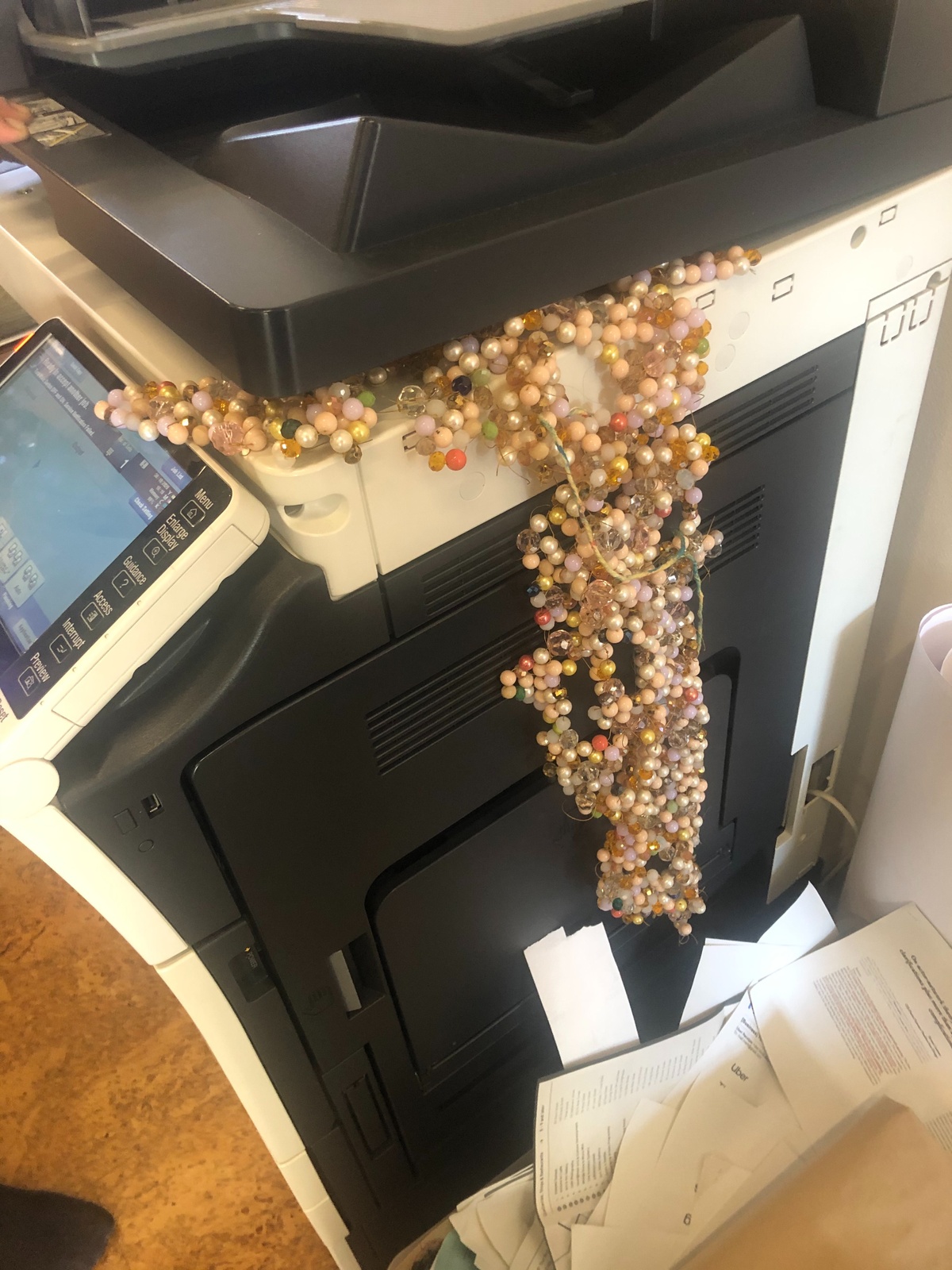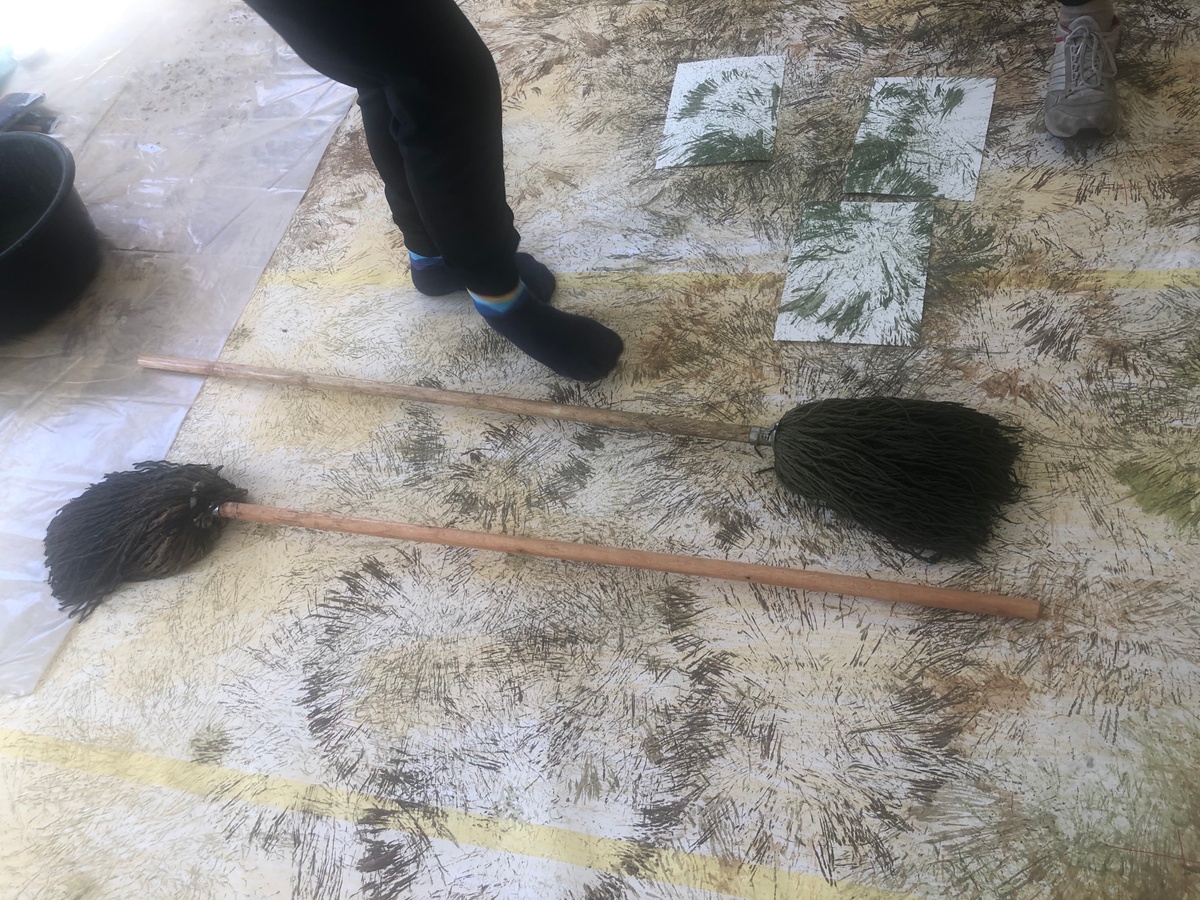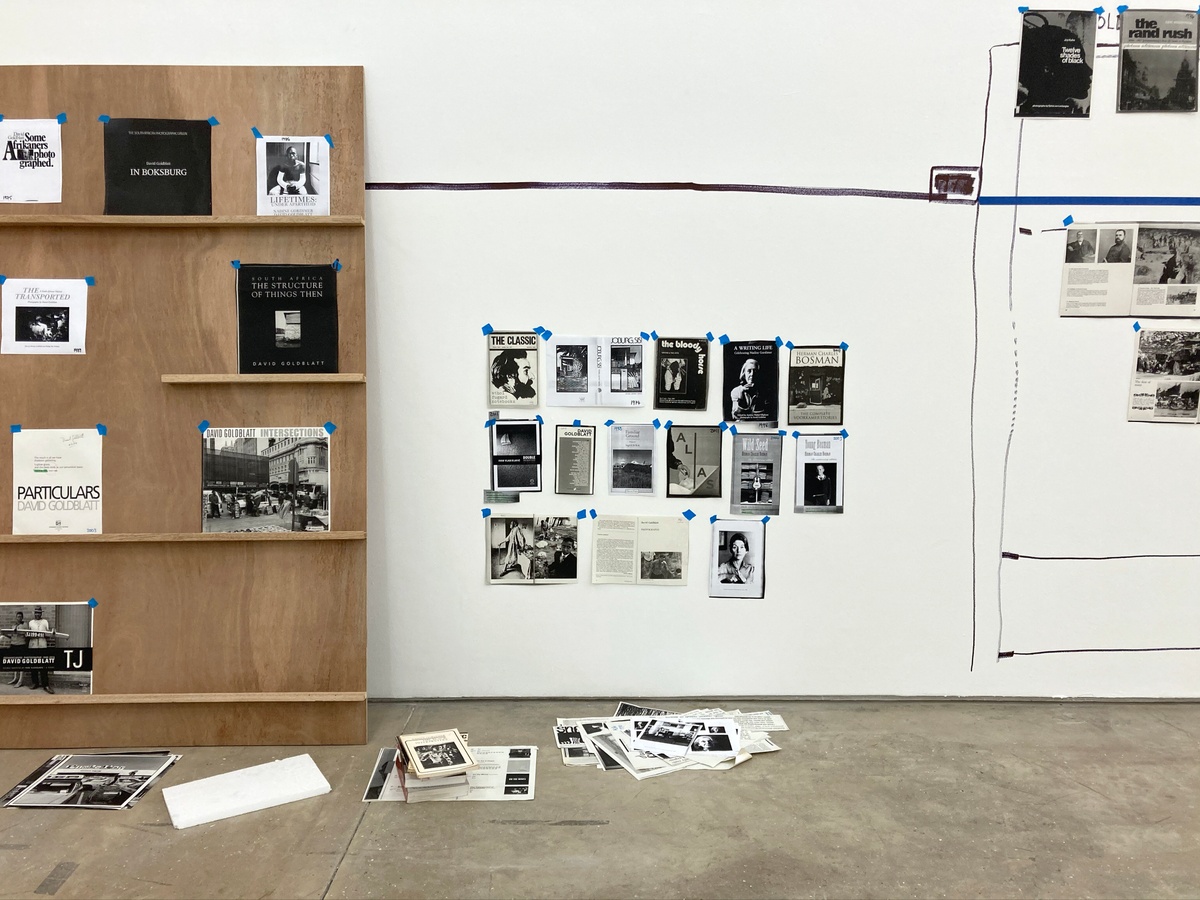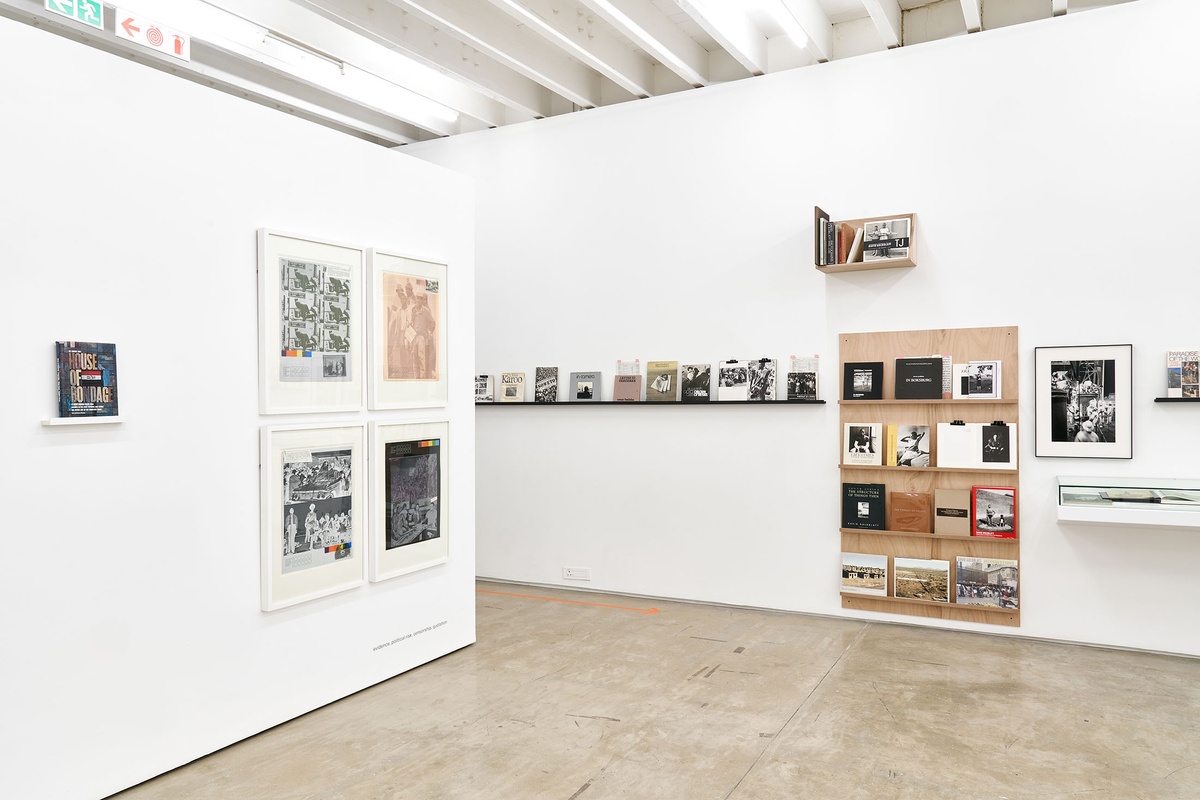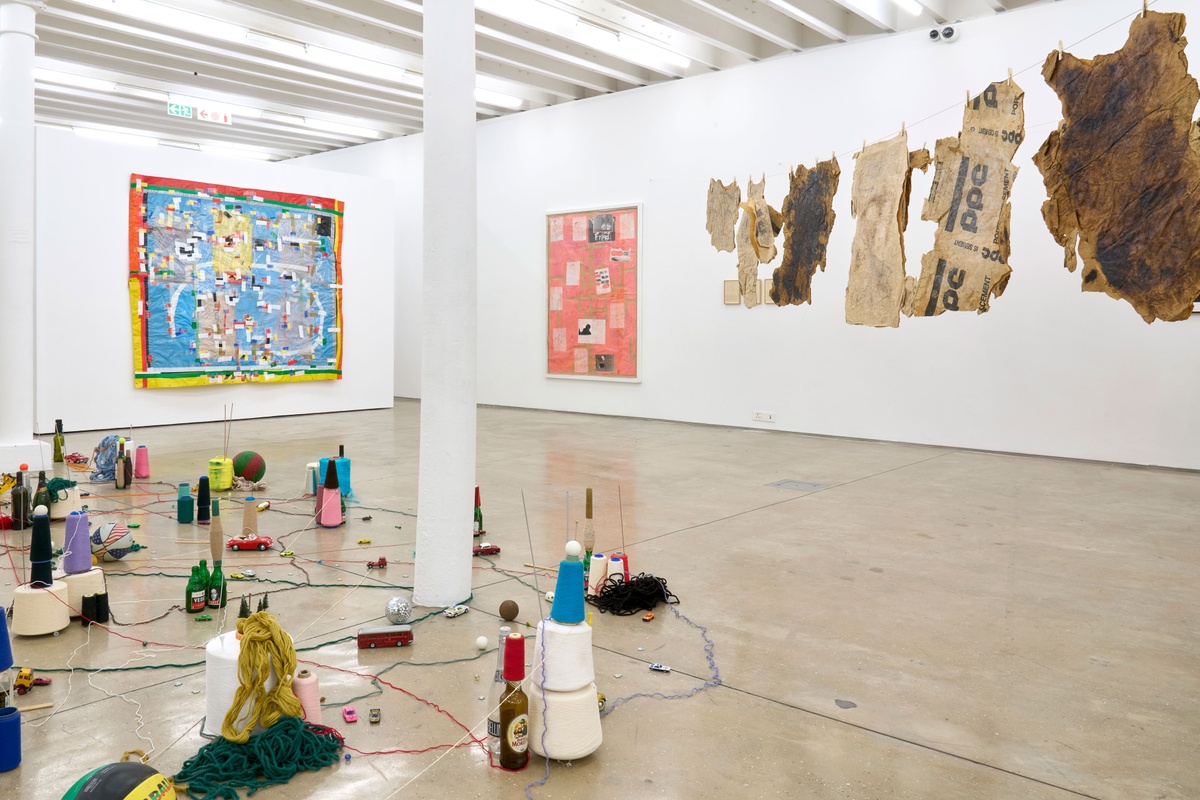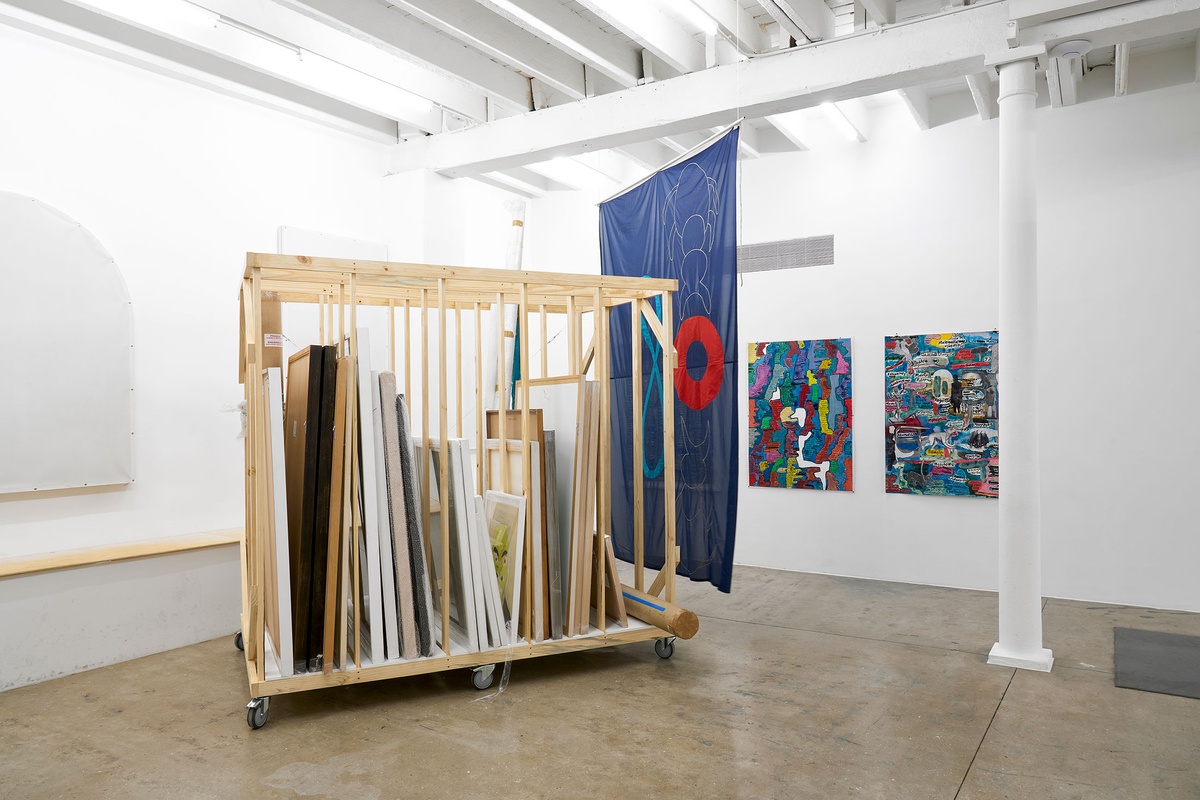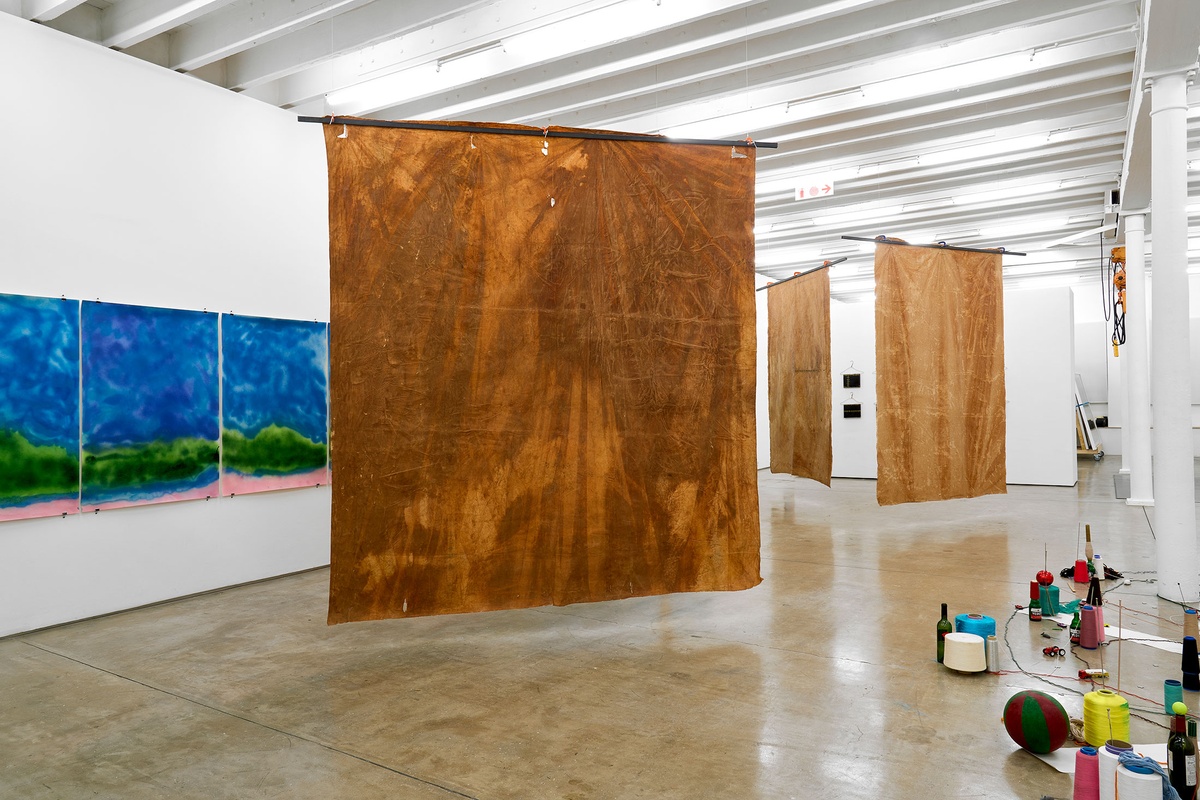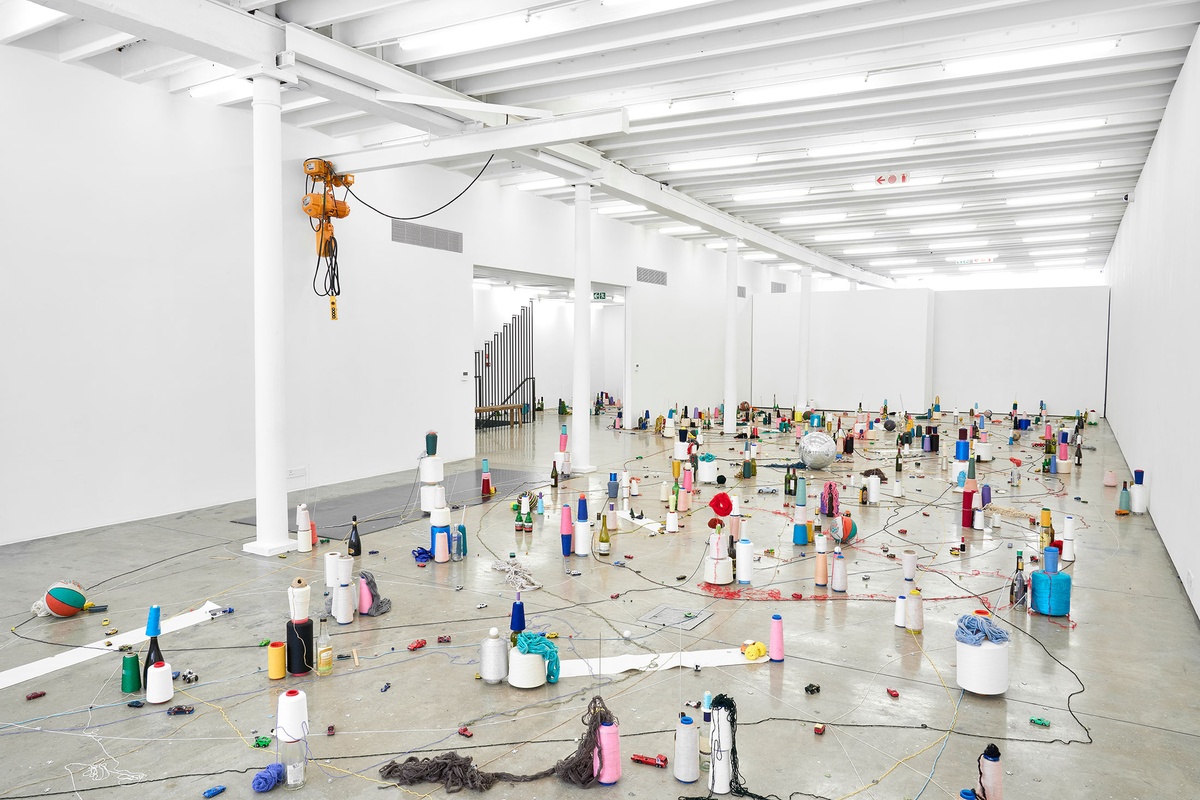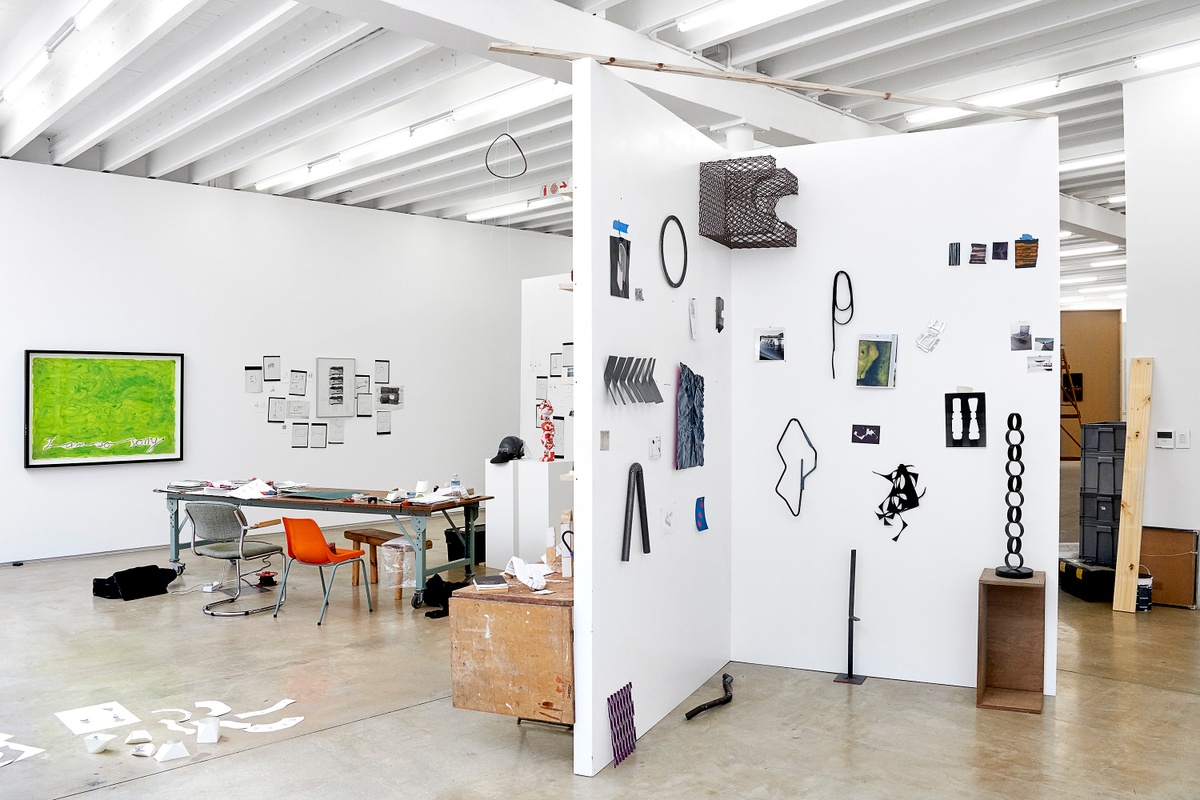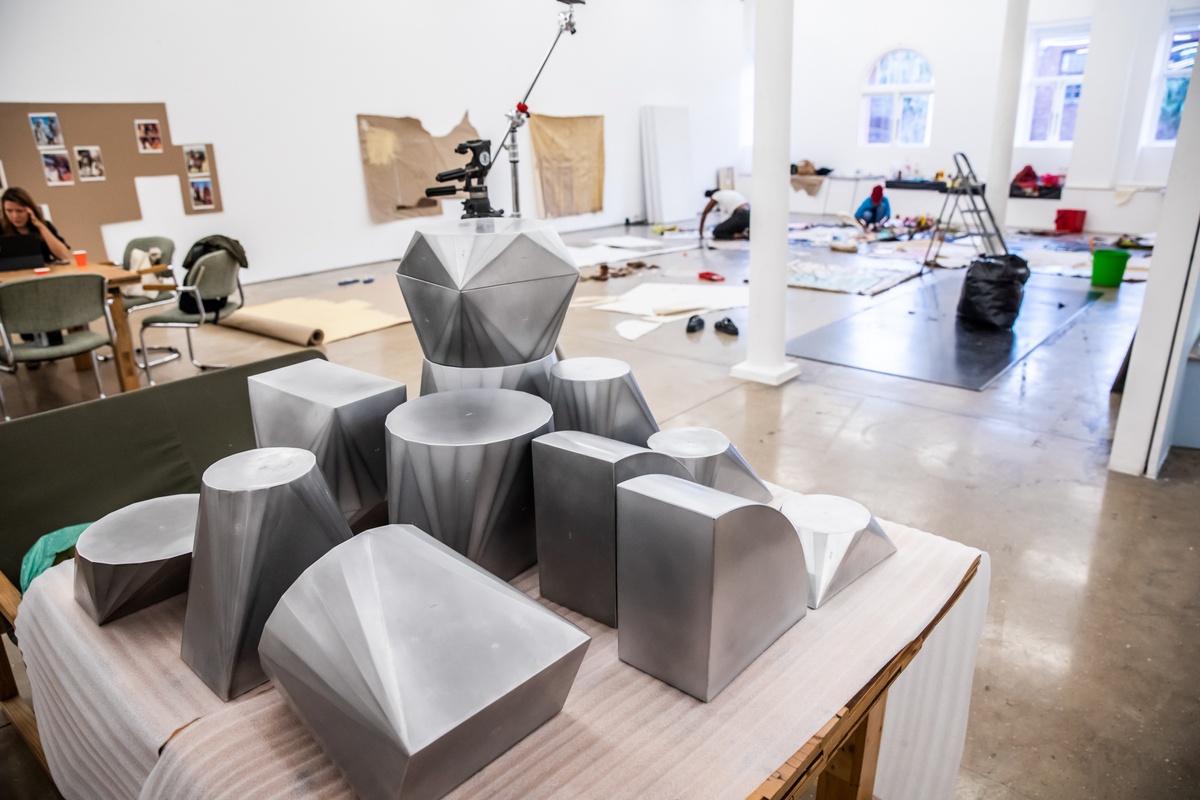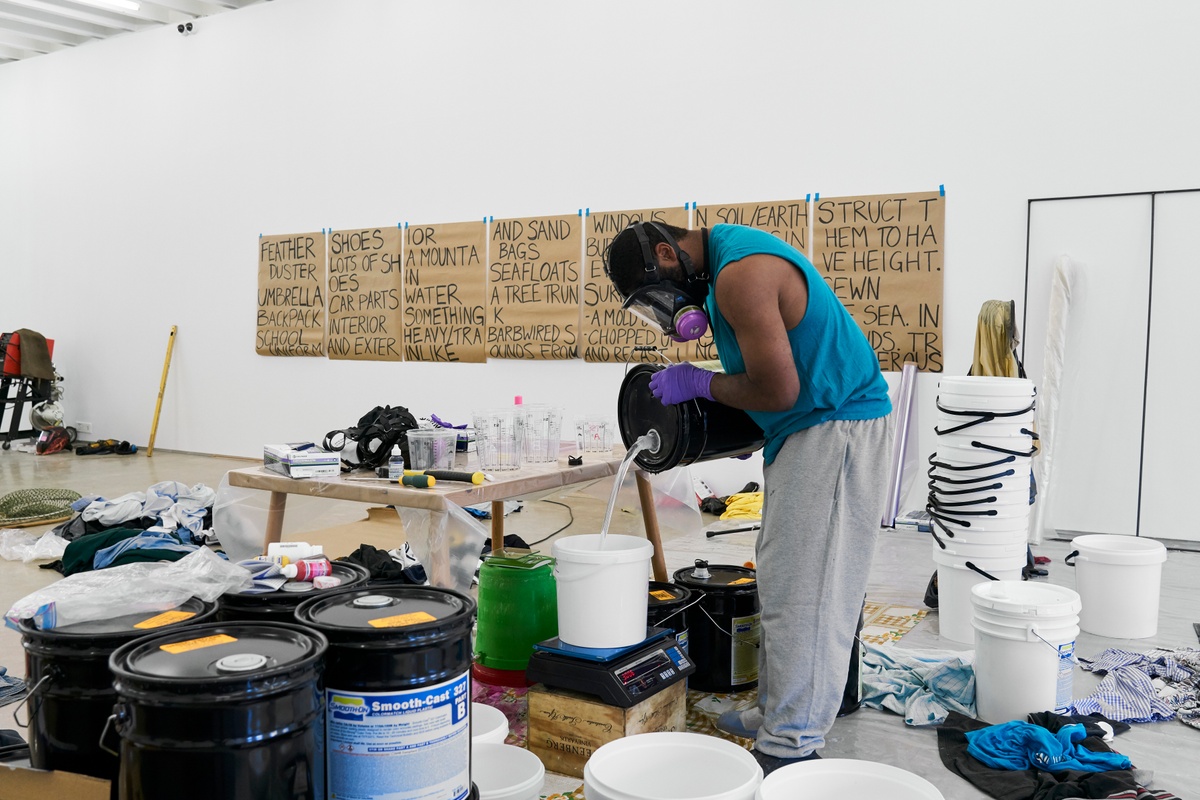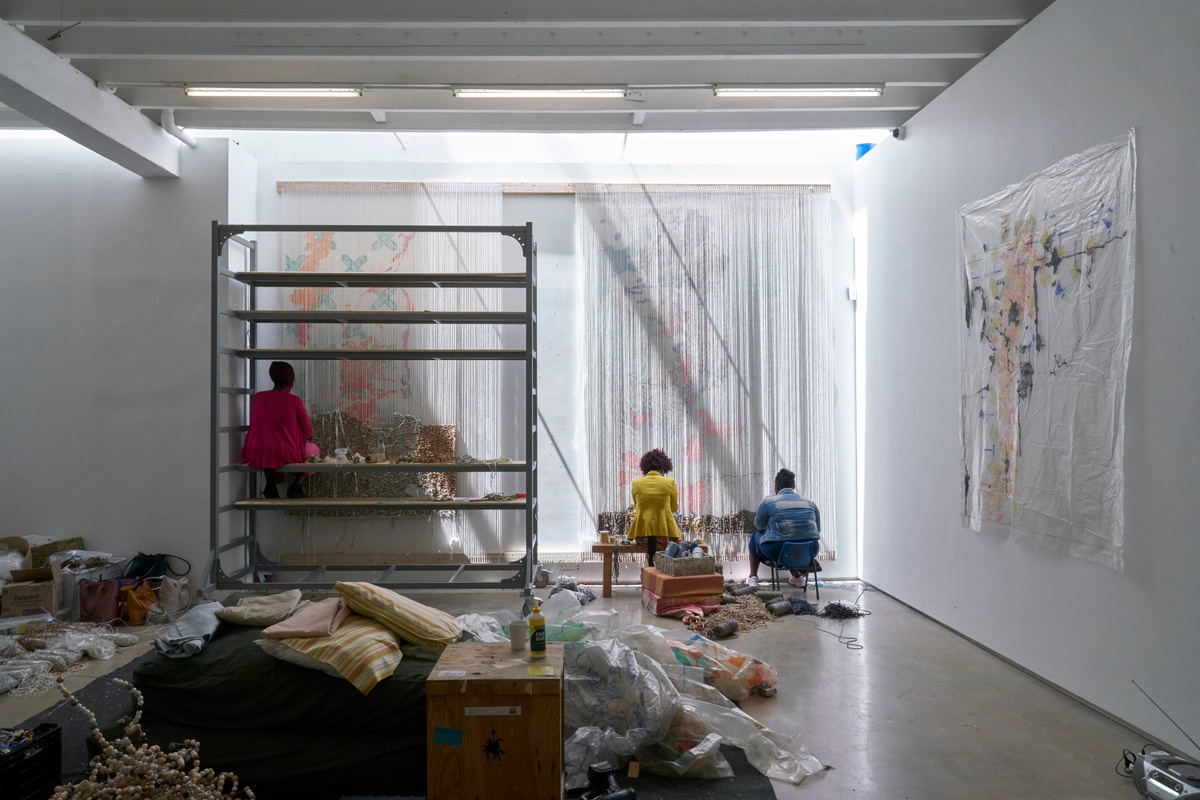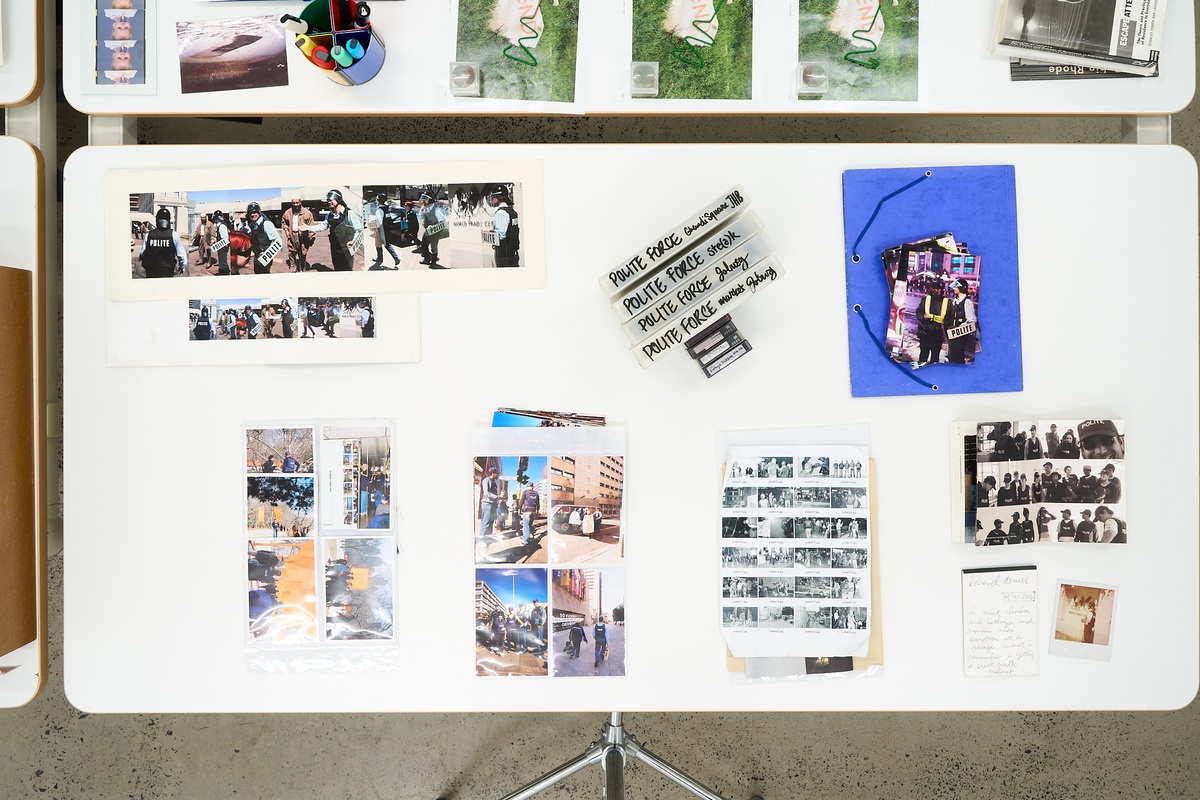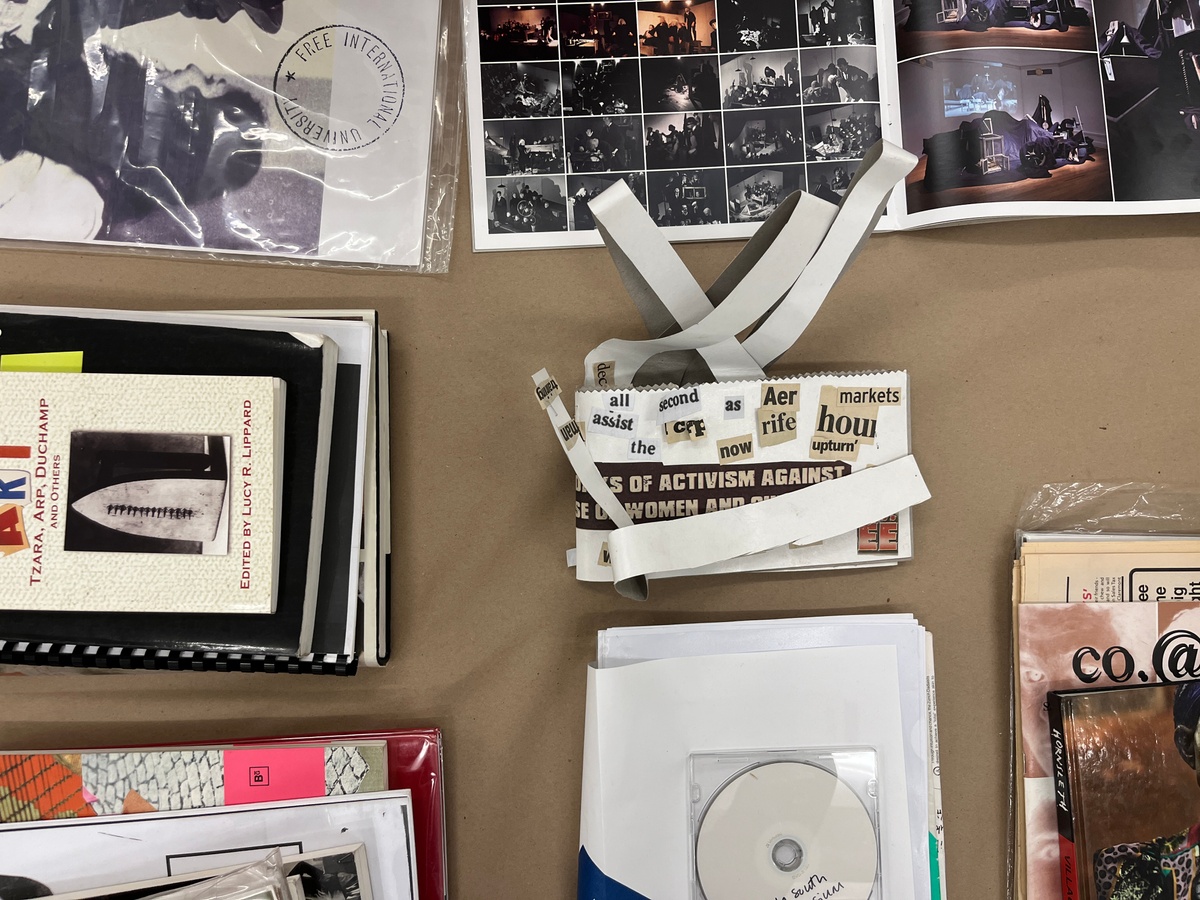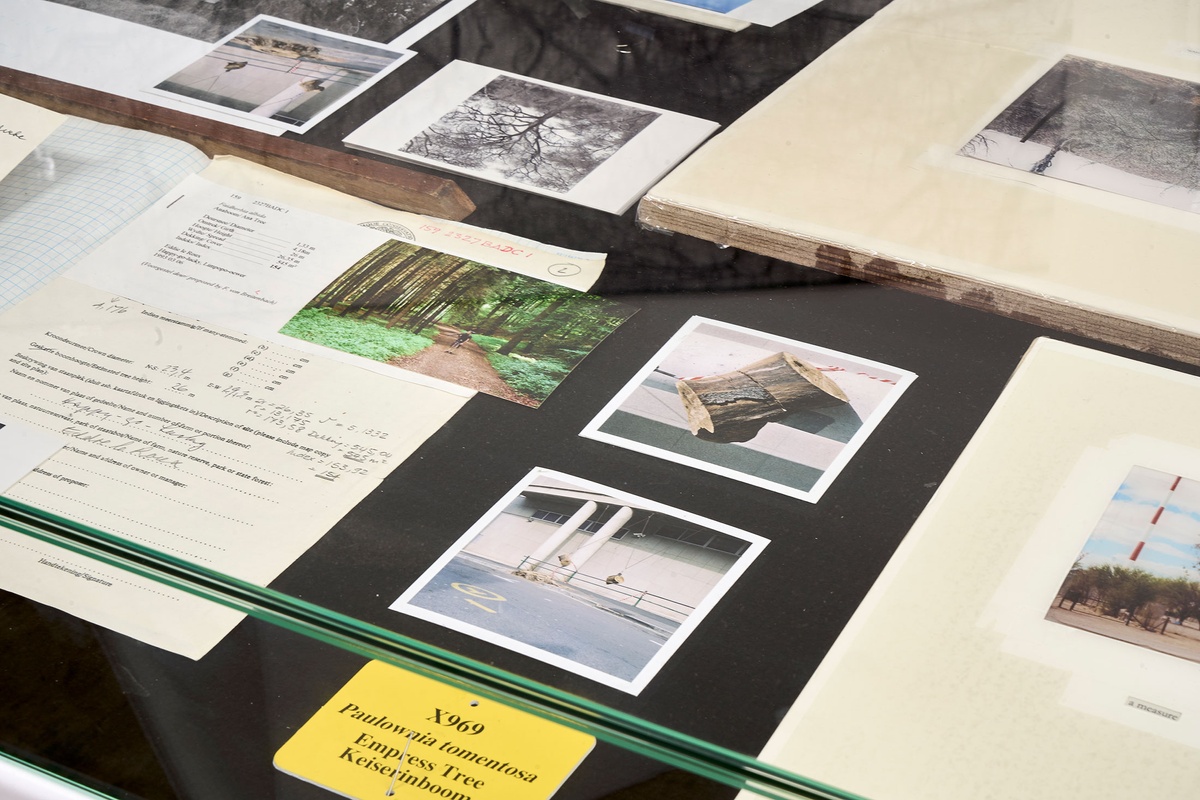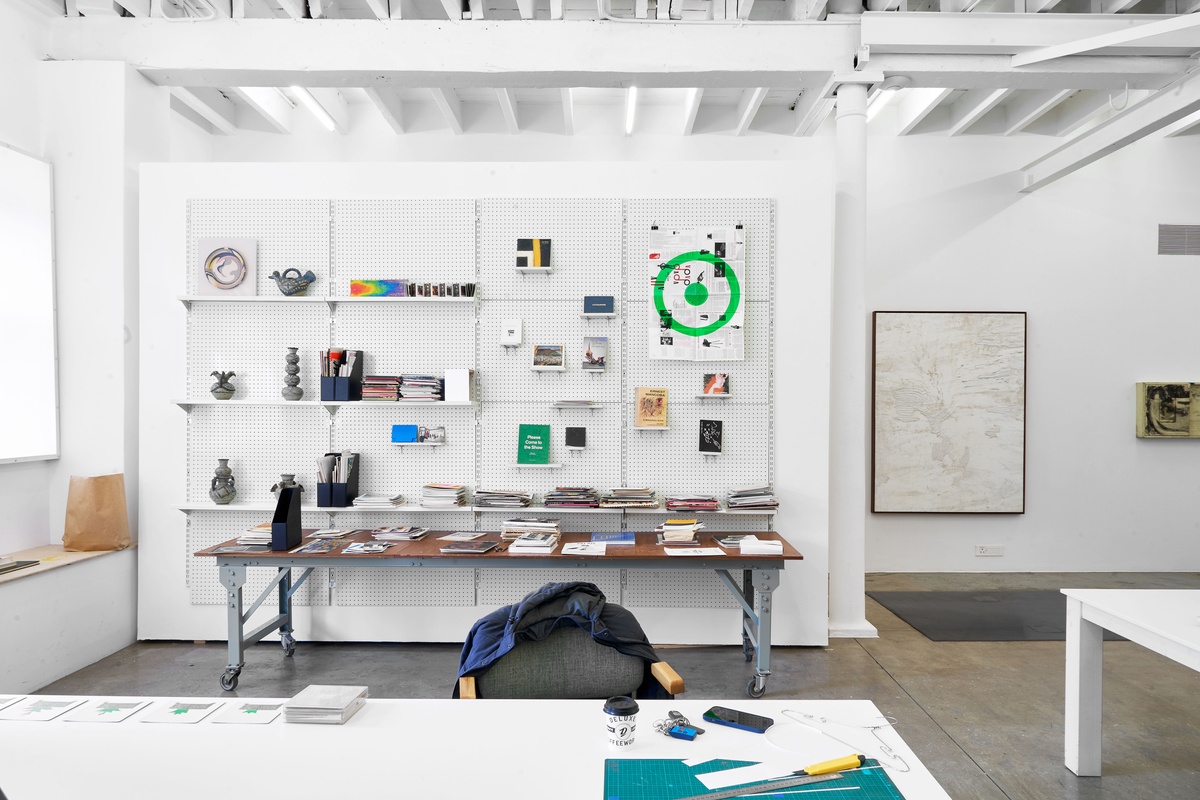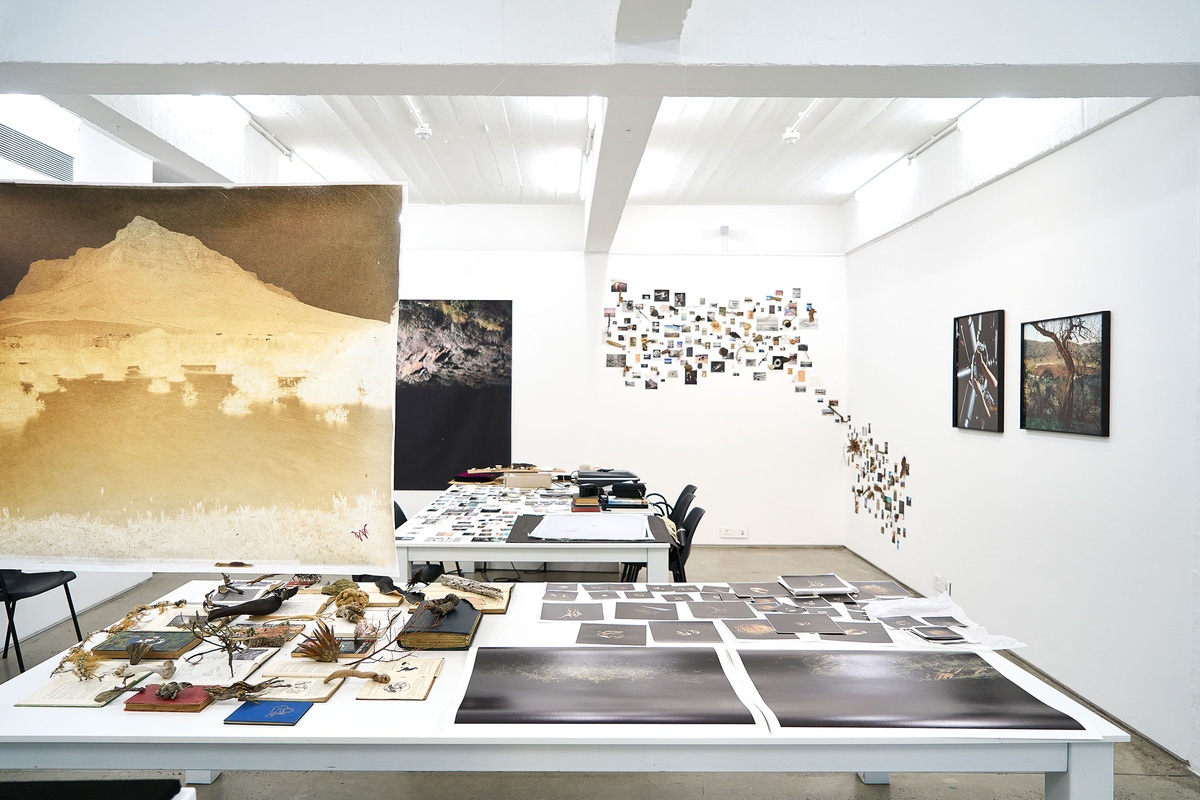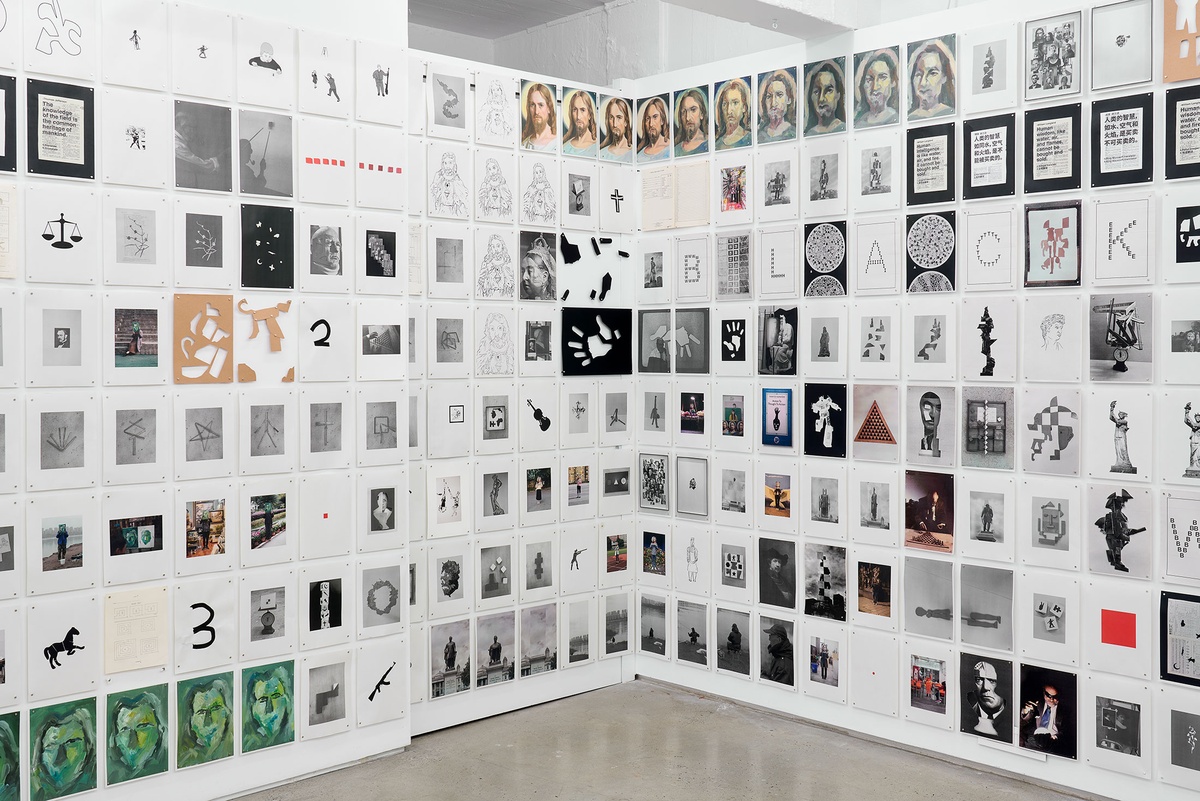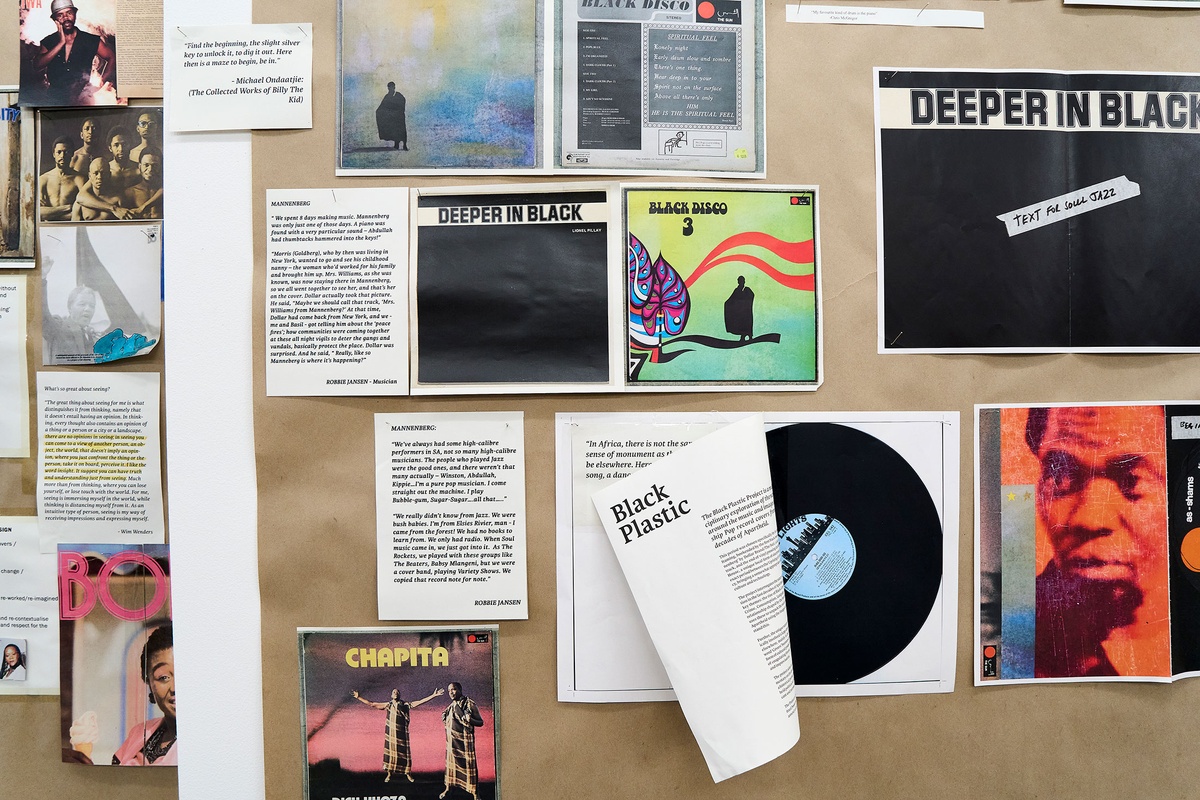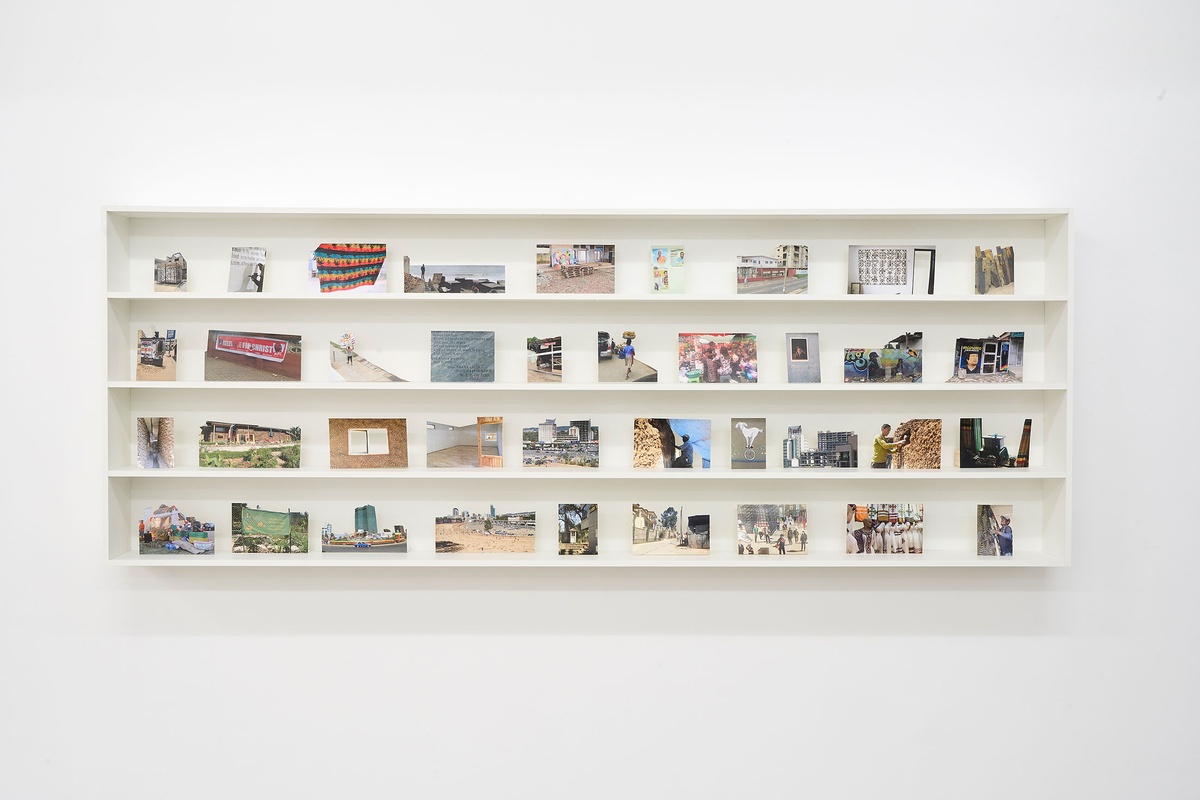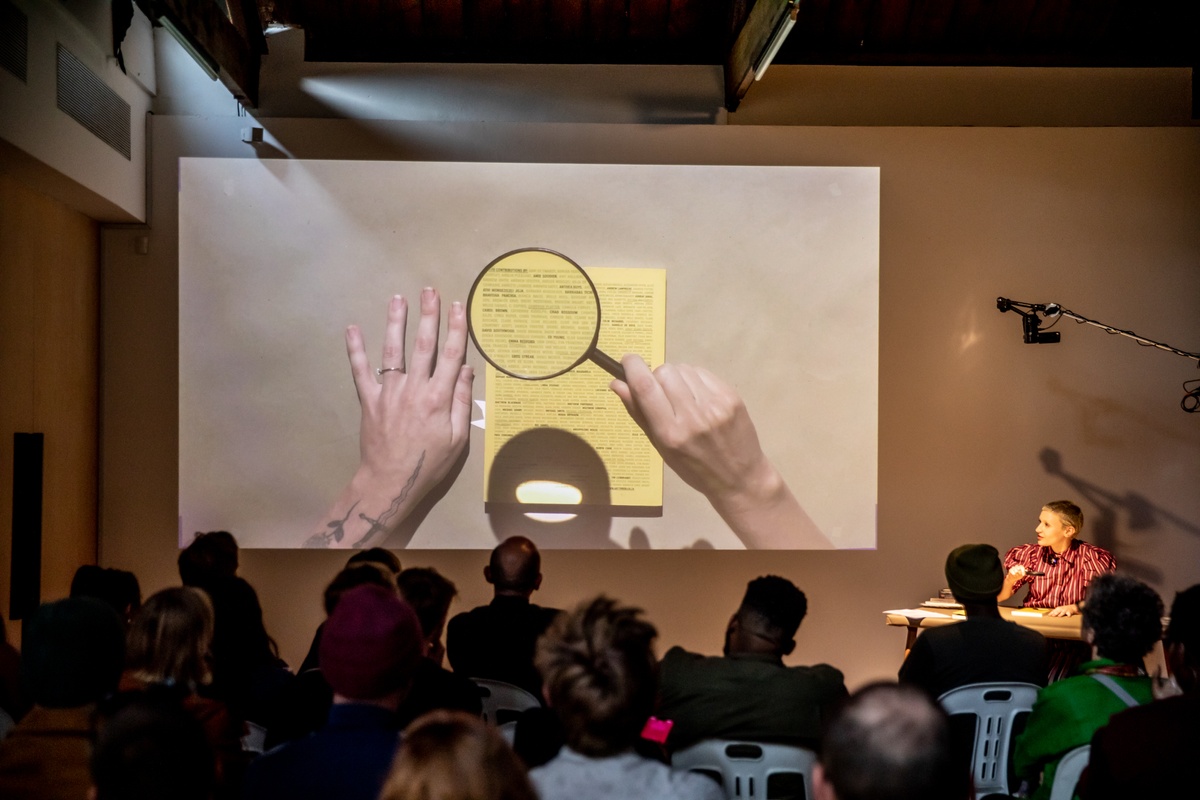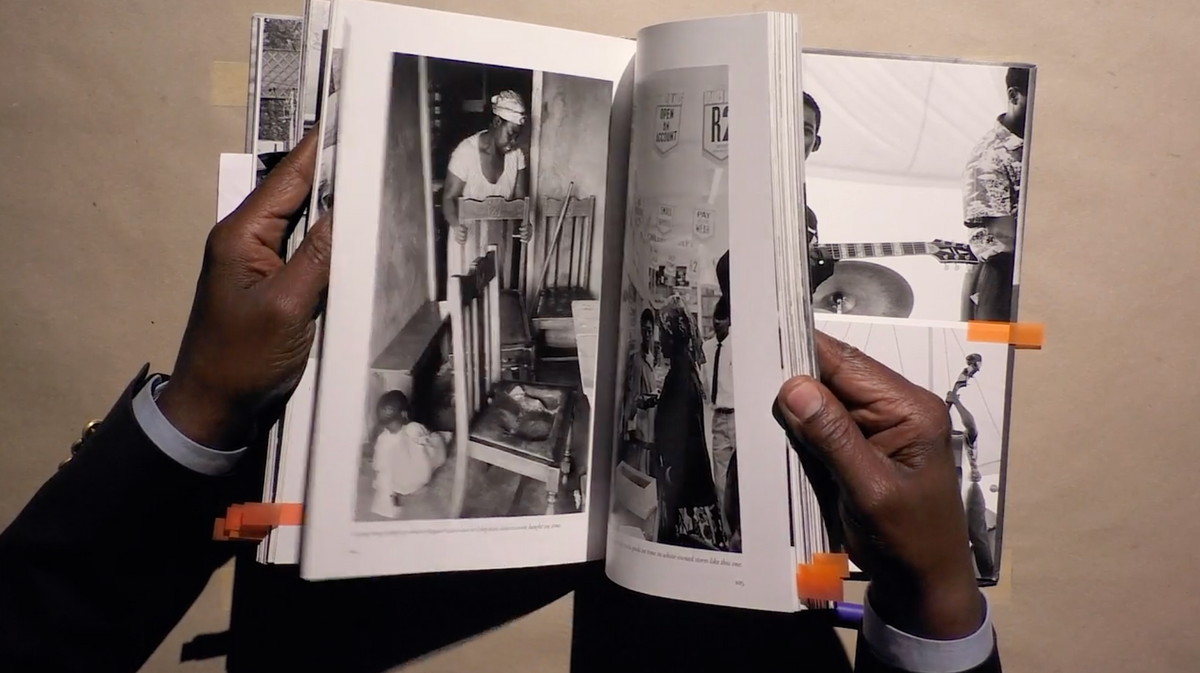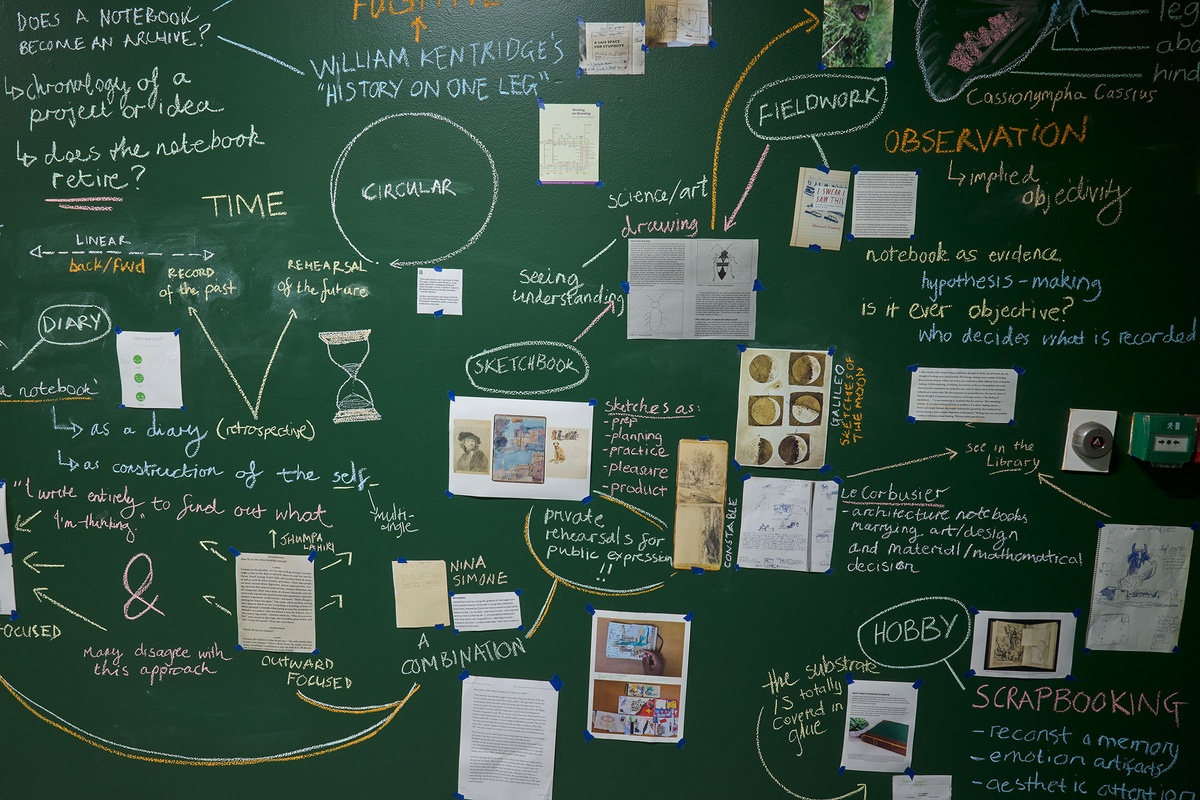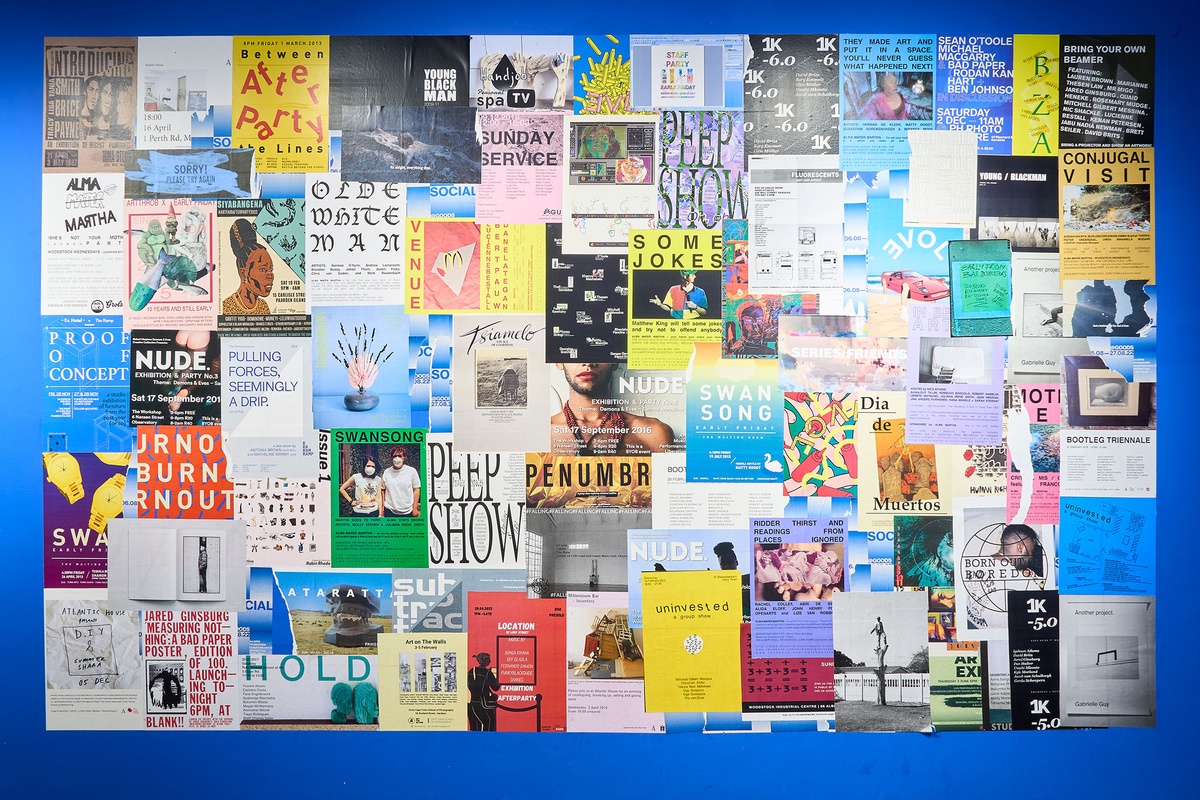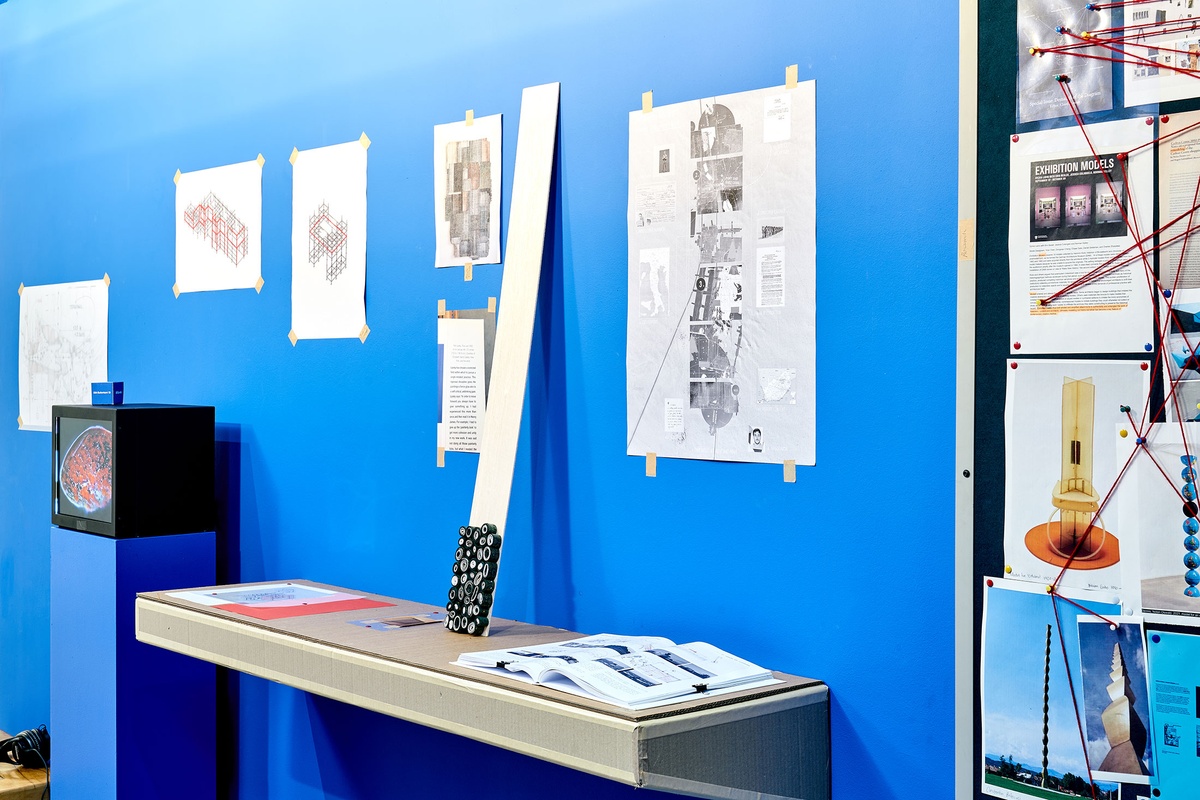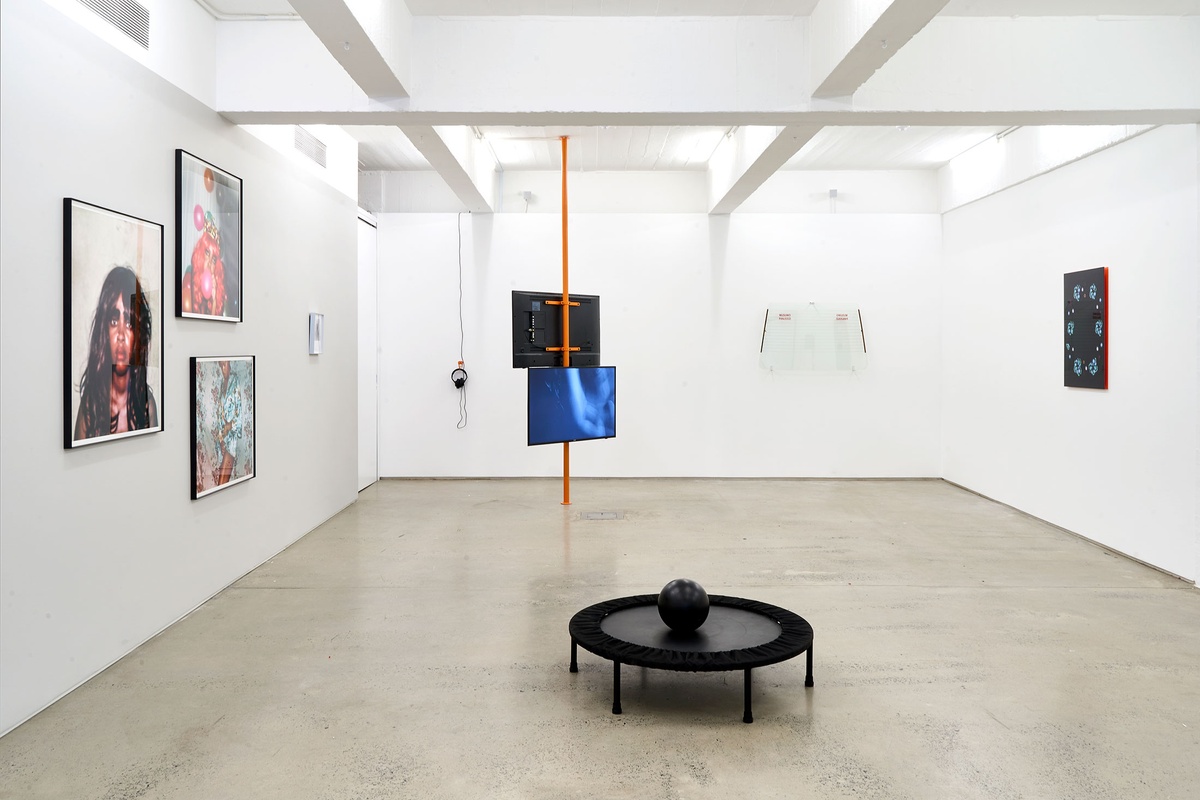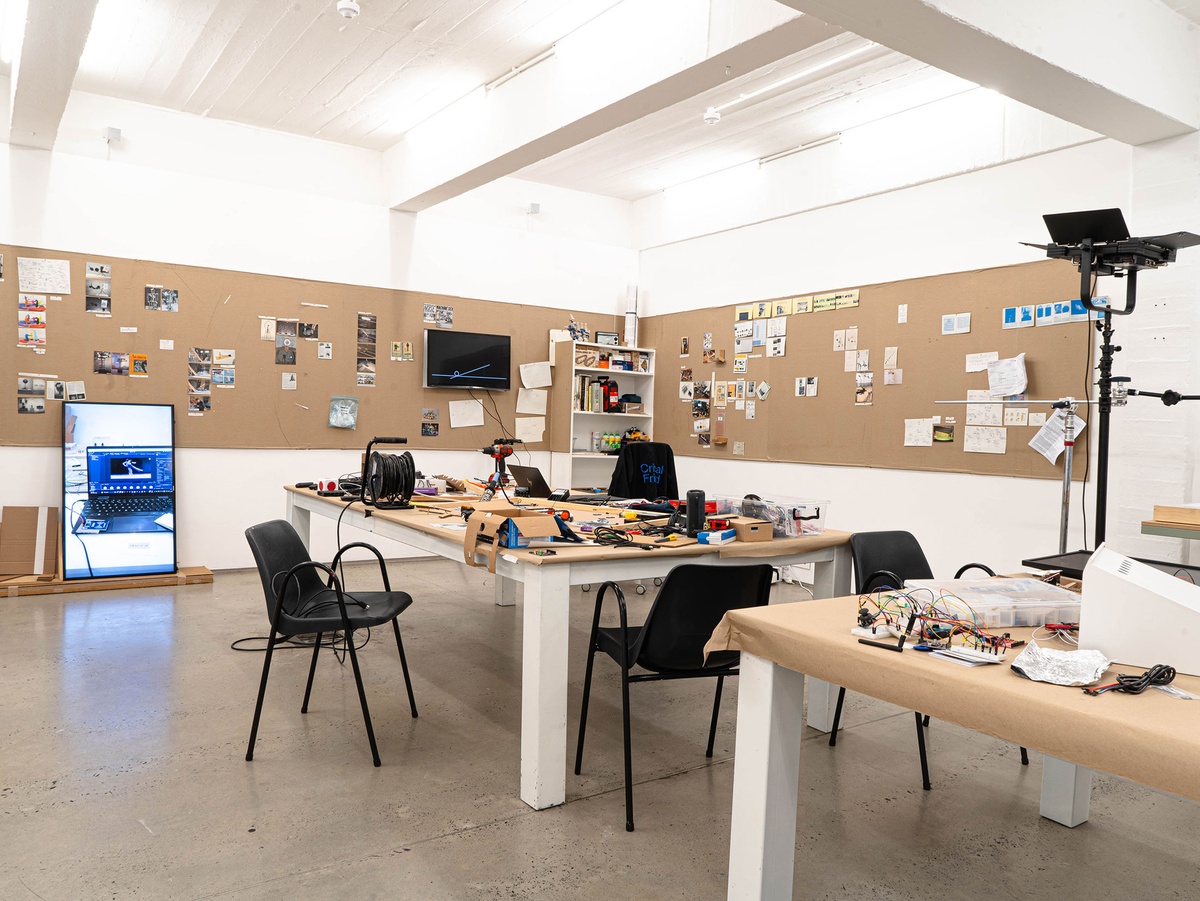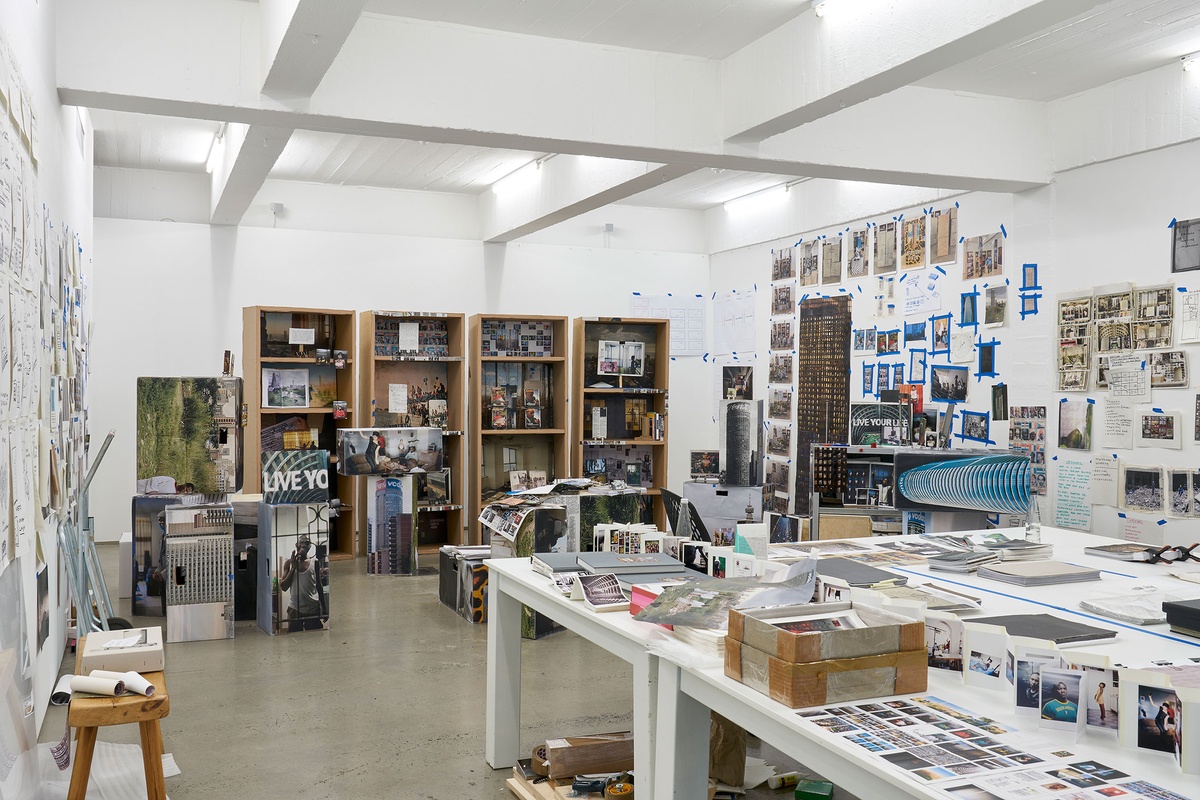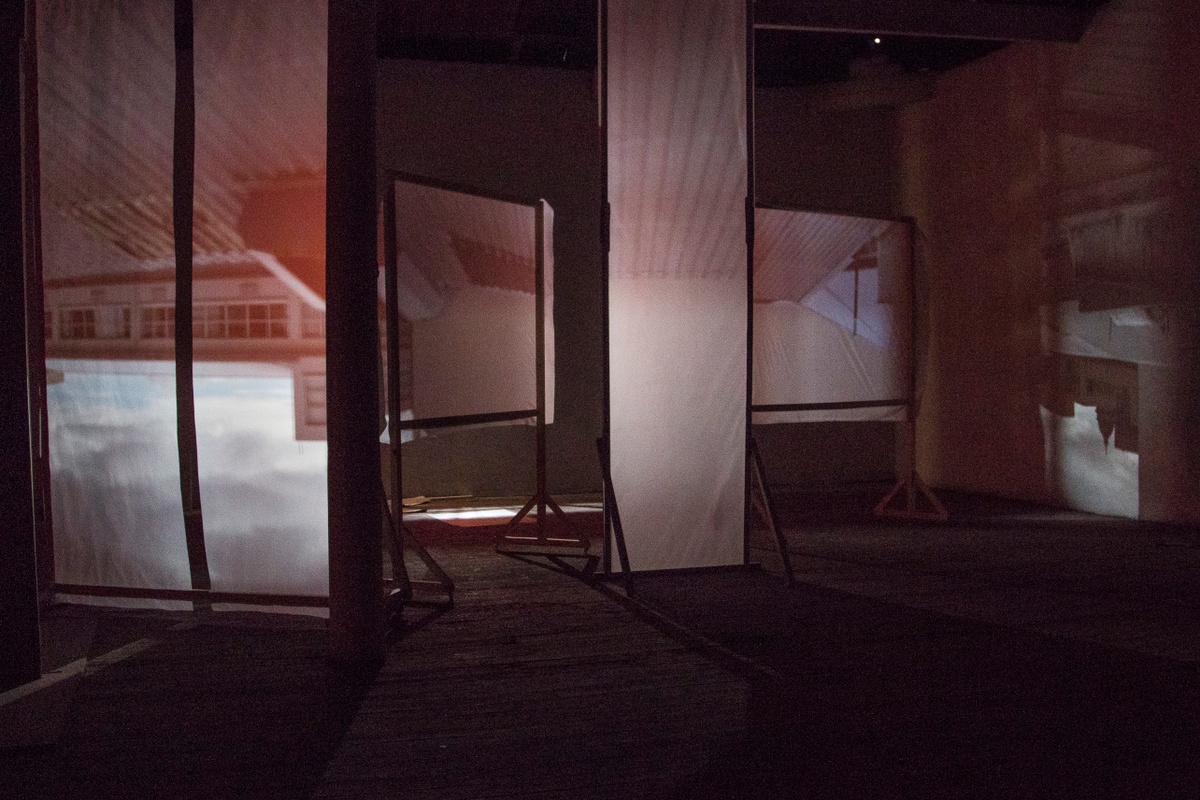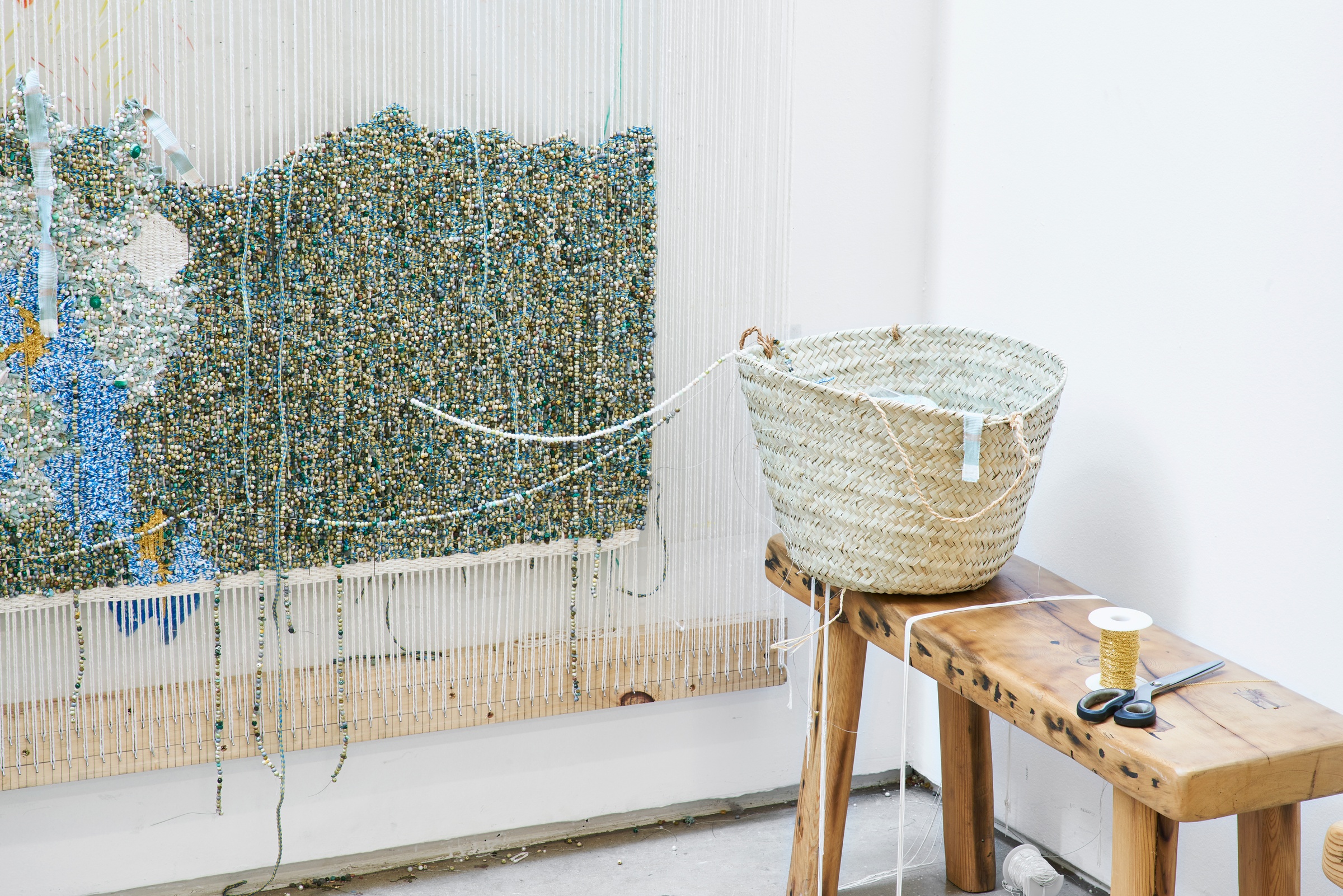
Artist's studio team:
Phumeza Mgwenteni
Busisa Mahlahla
Zandile Ntleko
Nocawe Jamani
Morné Roux
An enormous loom stands against one wall (the largest Igshaan Adams has yet to work on, utilising ceiling height and width of the gallery space), accompanied by the sound of beads being poured into buckets (the artist likens this process to the mixing of paint), as the strings of the loom vibrate with a music of their own.
Igshaan Adams is in the process of transforming A4's Gallery into a hybrid studio environment in which publics can interact with the process of the artist's production.
Intricate pieces adorn the walls in an arrangement of beaded verse, skeins of thread and cloth. Worn linoleum and scuffed cement salvaged from homes in Bonteheuwel and the surrounding neighbourhoods are transcribed from floor to wall through the painterly application of beads, woven into tapestries that shift the perspective on substances found underfoot. The artist calls these floor remnants 'documents': the personal maps that are, through wear and presence, inscribed upon domestic environments.
To the sculptural installations suspended from the ceiling, Adams has given the working title Kicking Dust. He moves about the studio space imparting into these wire and beaded clouds pieces treasured from previous works, as he speaks of the way dust clouds constellate, the earth dislodging and accumulating form.
"It may stay this way, or come down and become something else, completely," Adams says of the working environment, which is adapting as pieces grow and interact with visitors, neighbours, and the team on the ground. Publics are invited to share in the intimacy of the works; the patience and joy entailed in their making.
